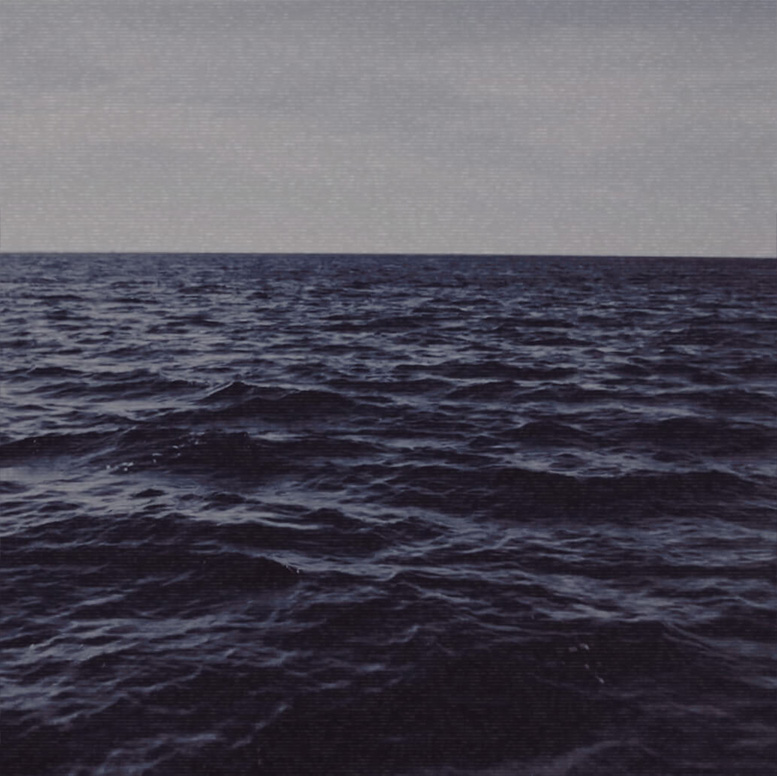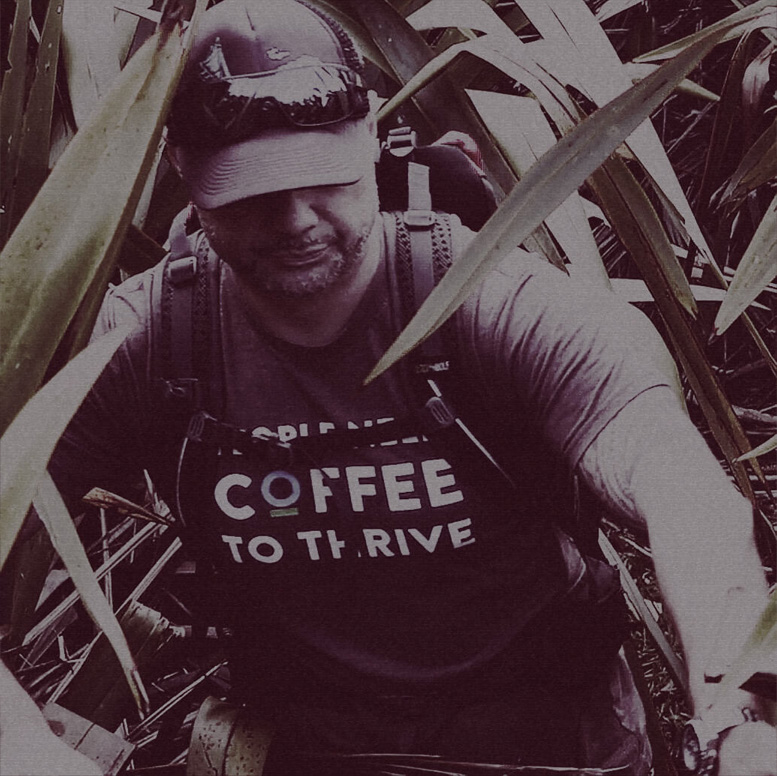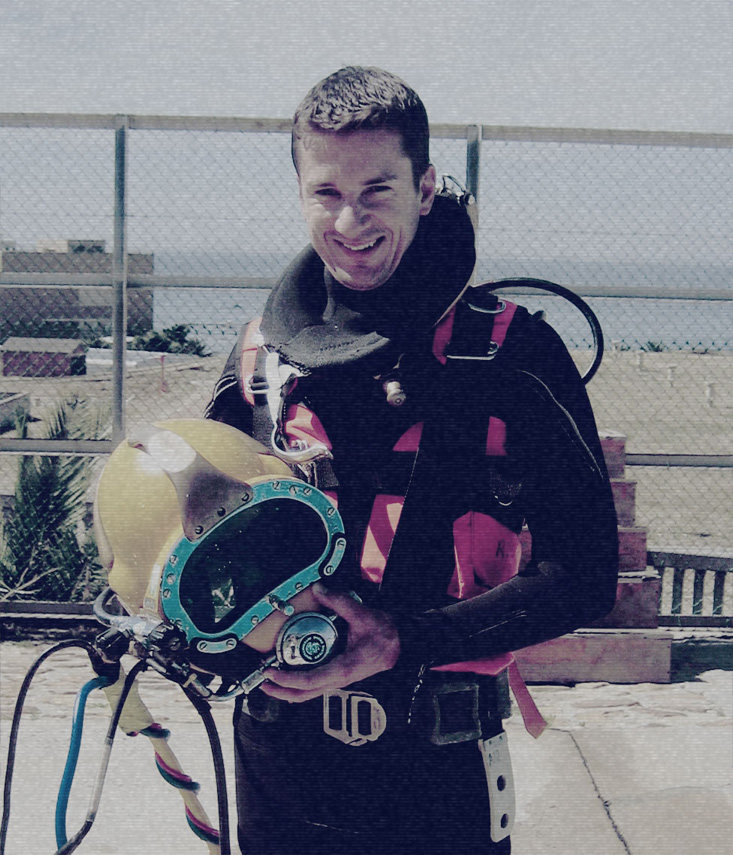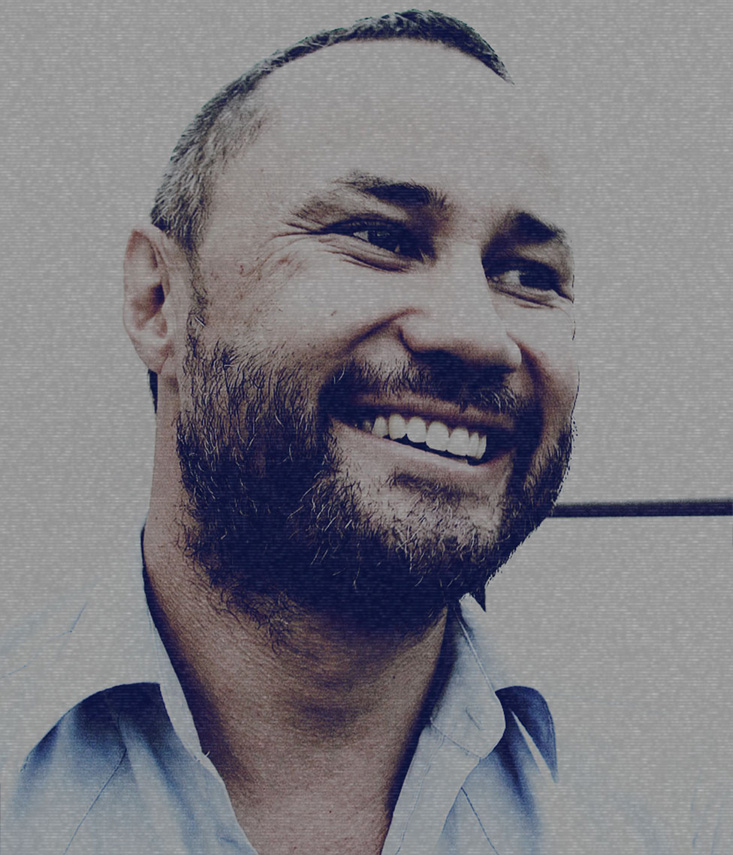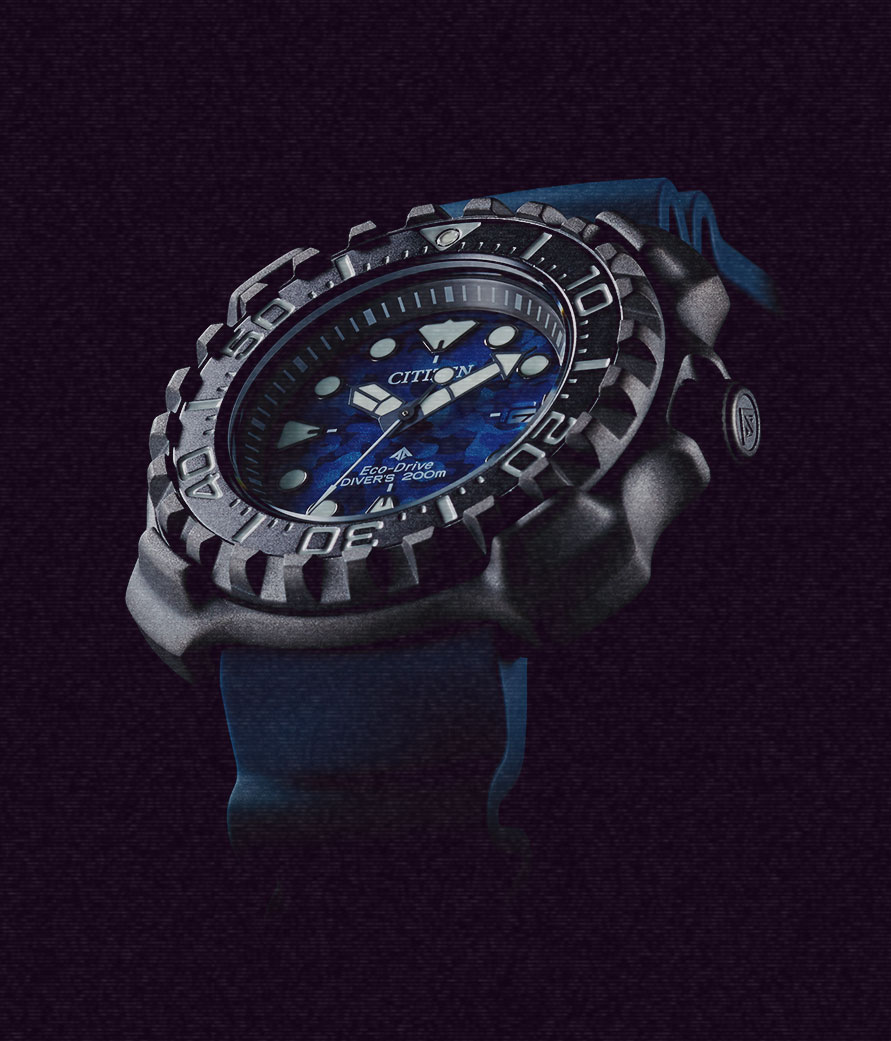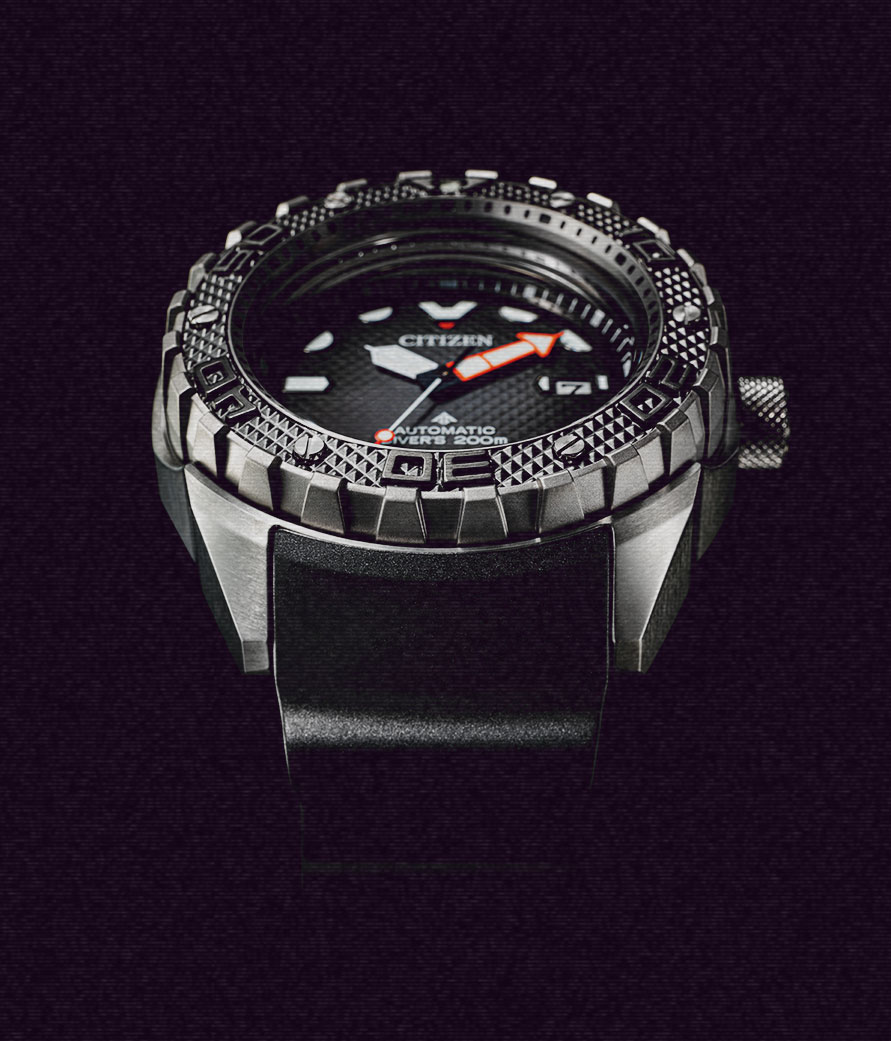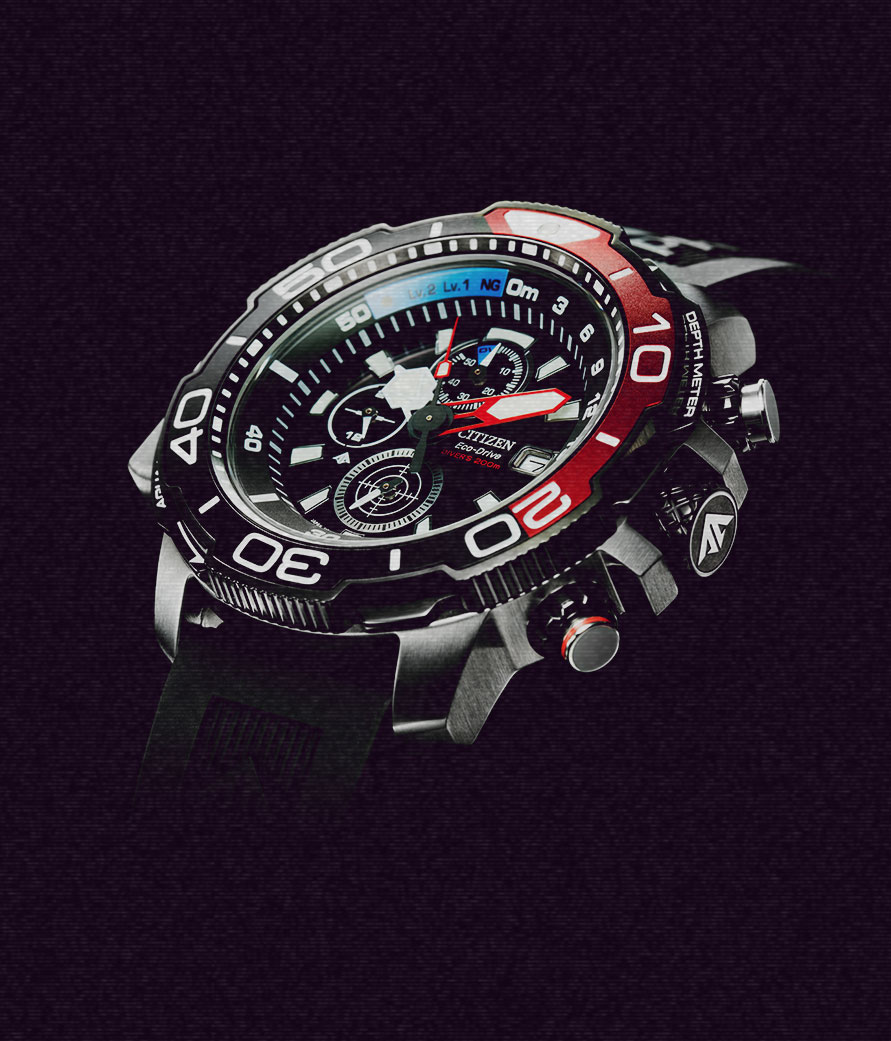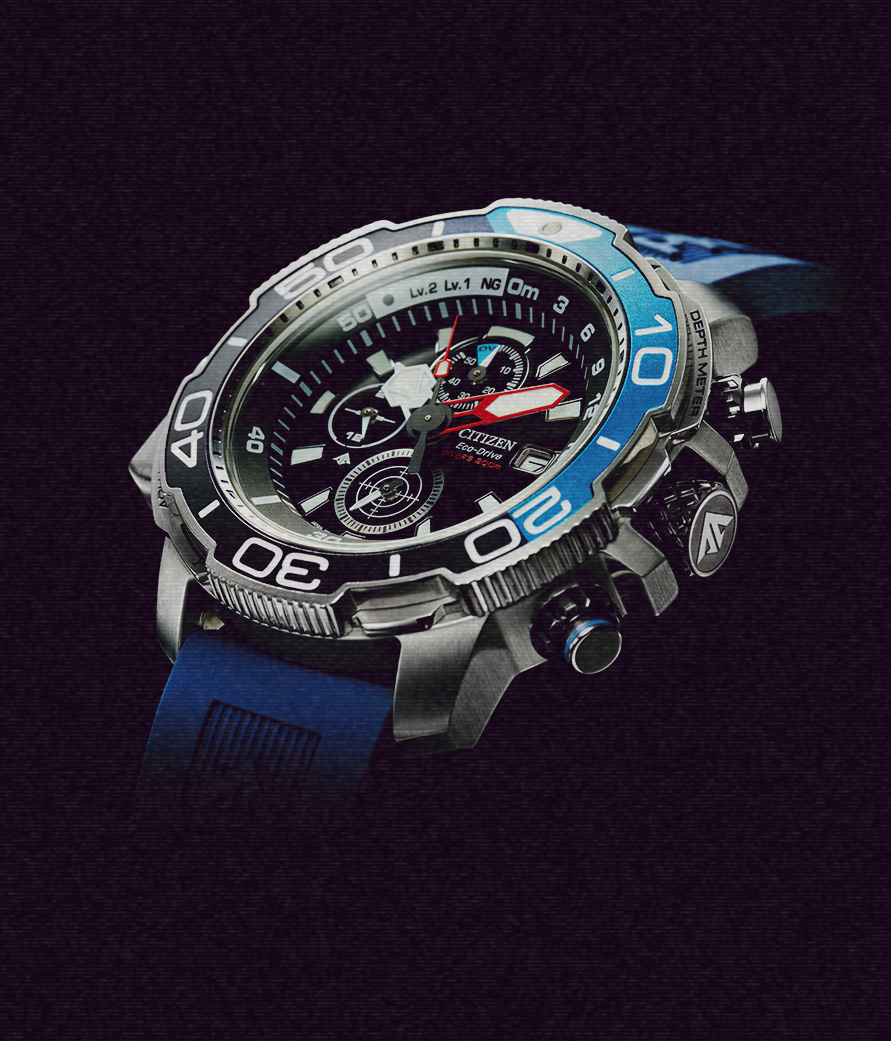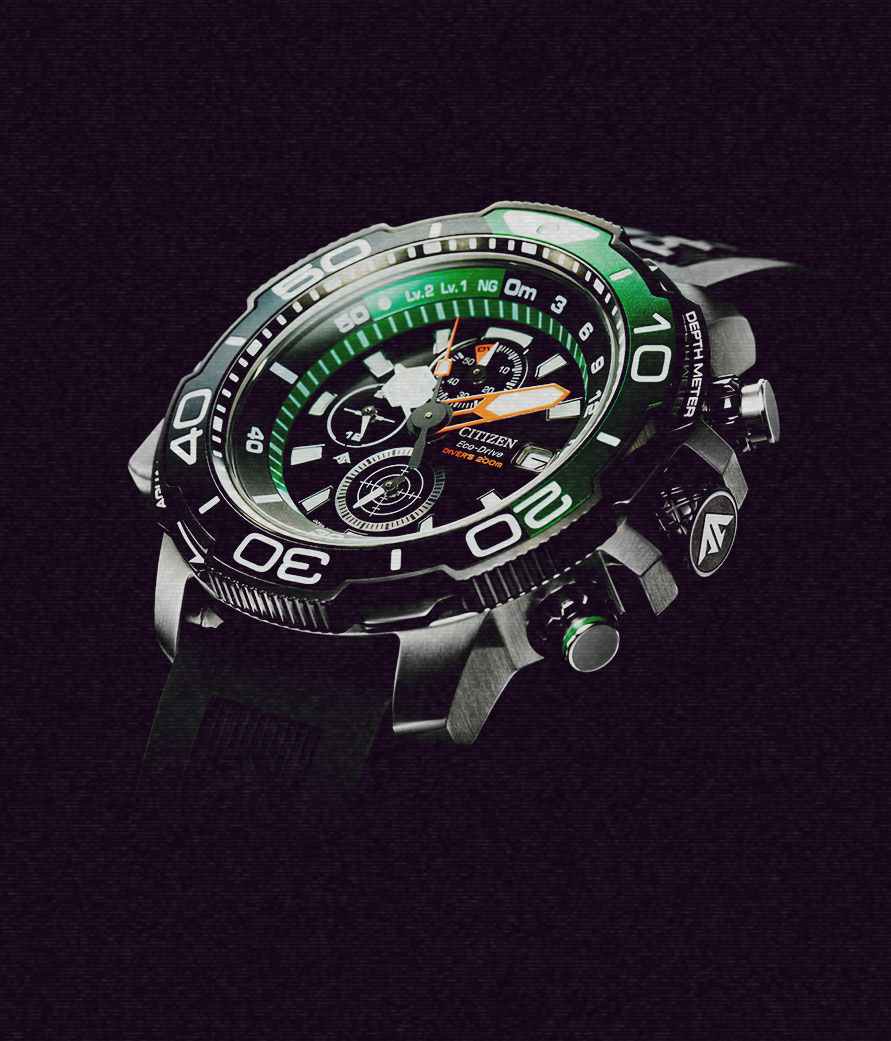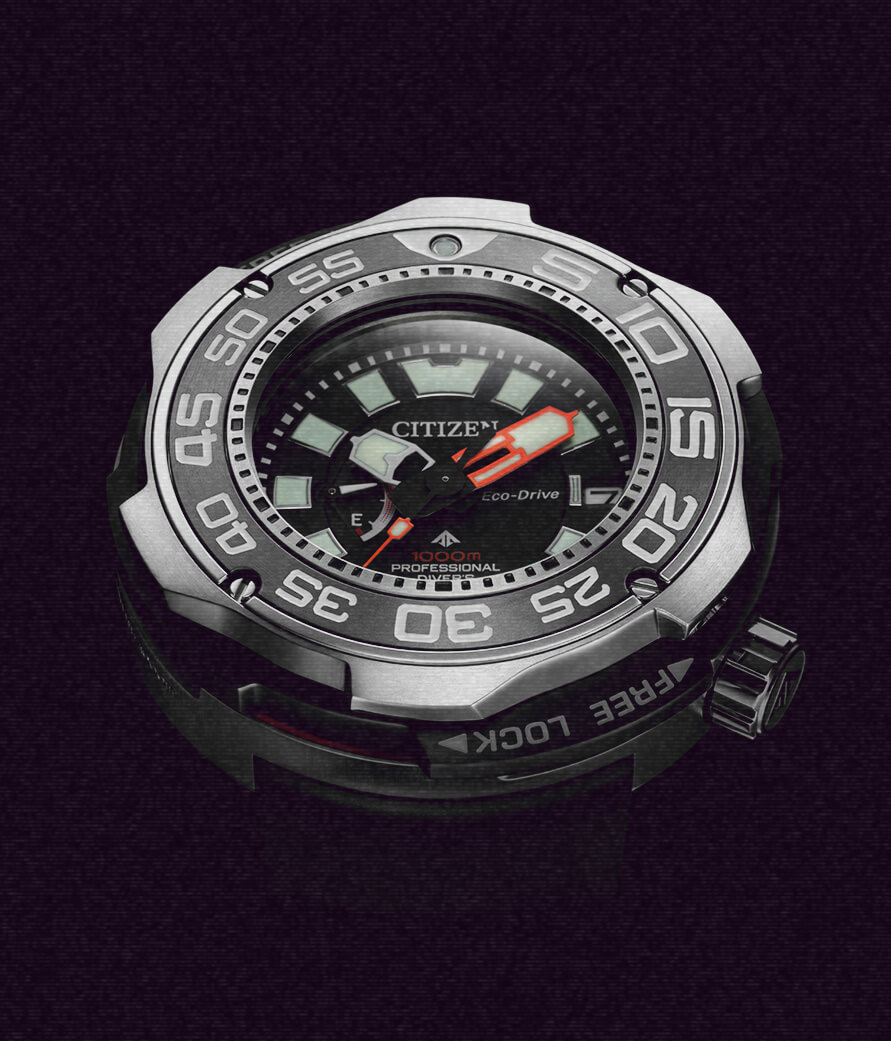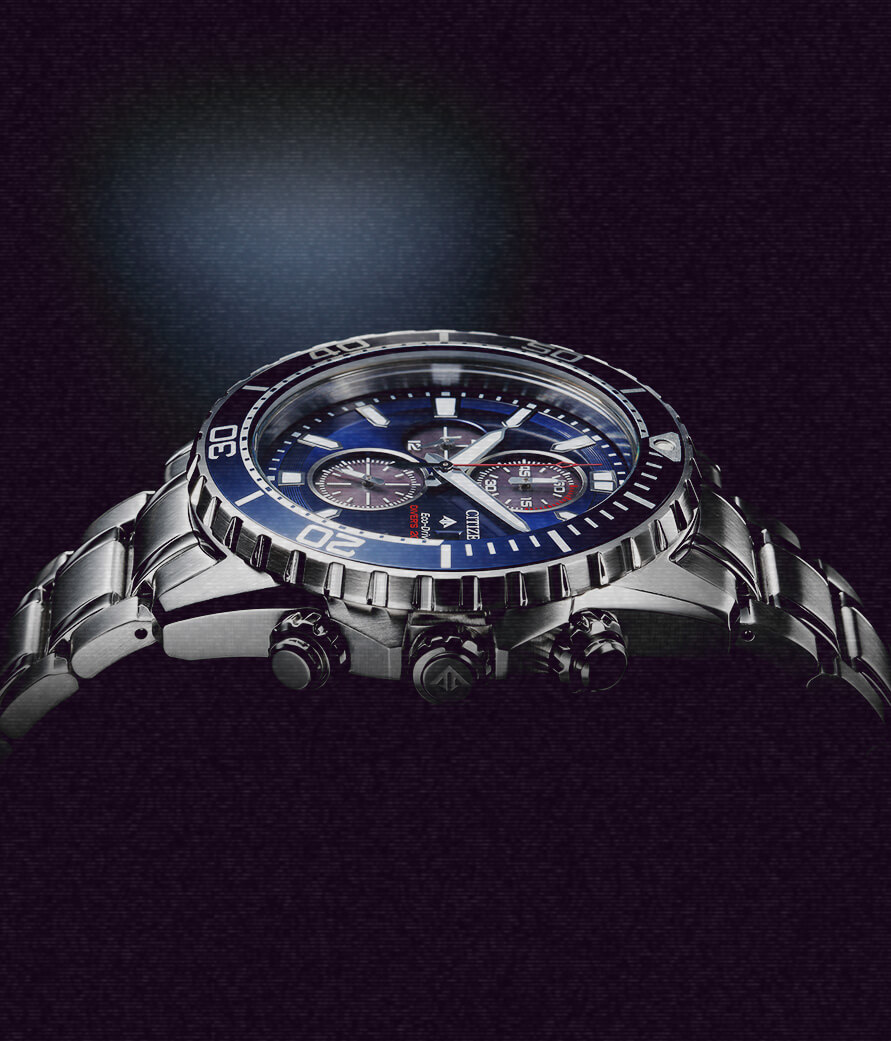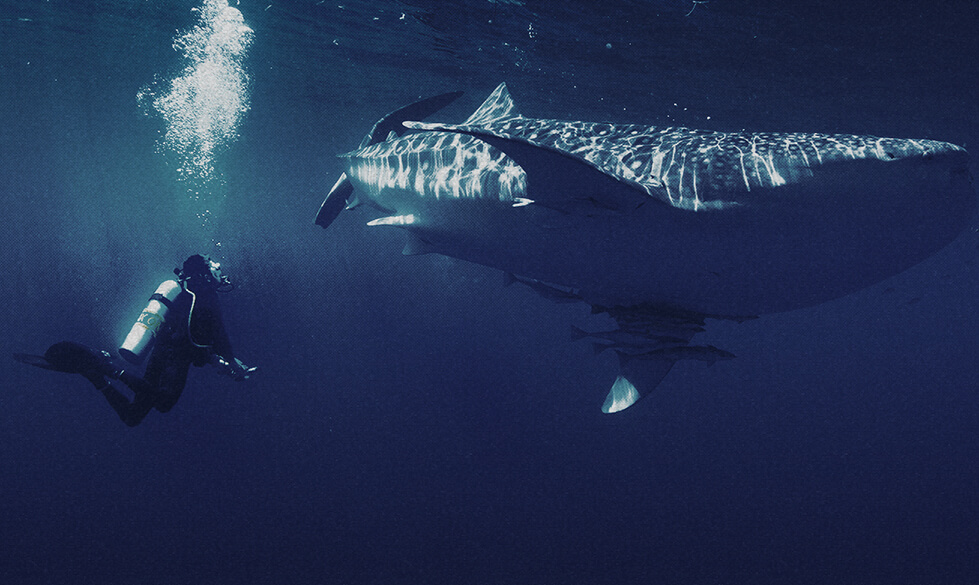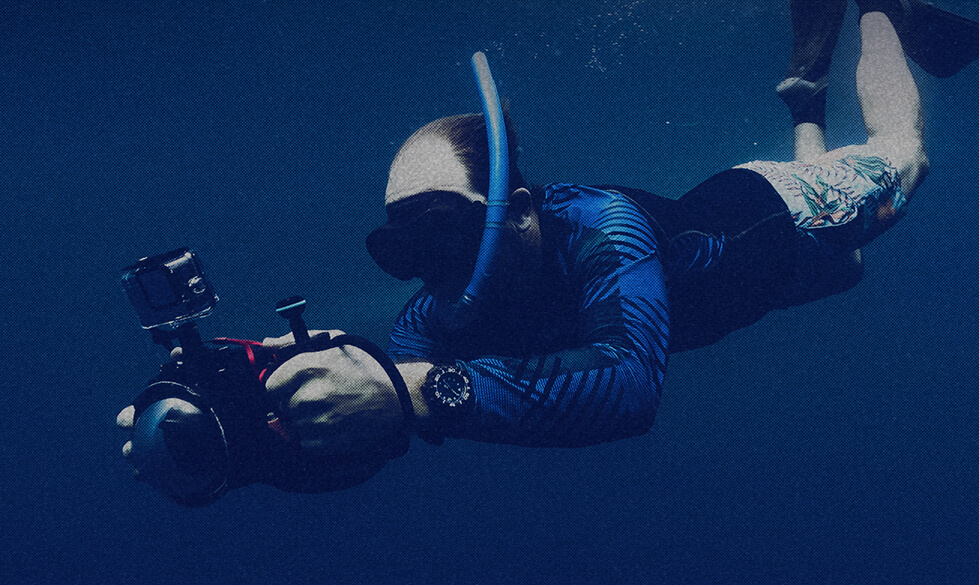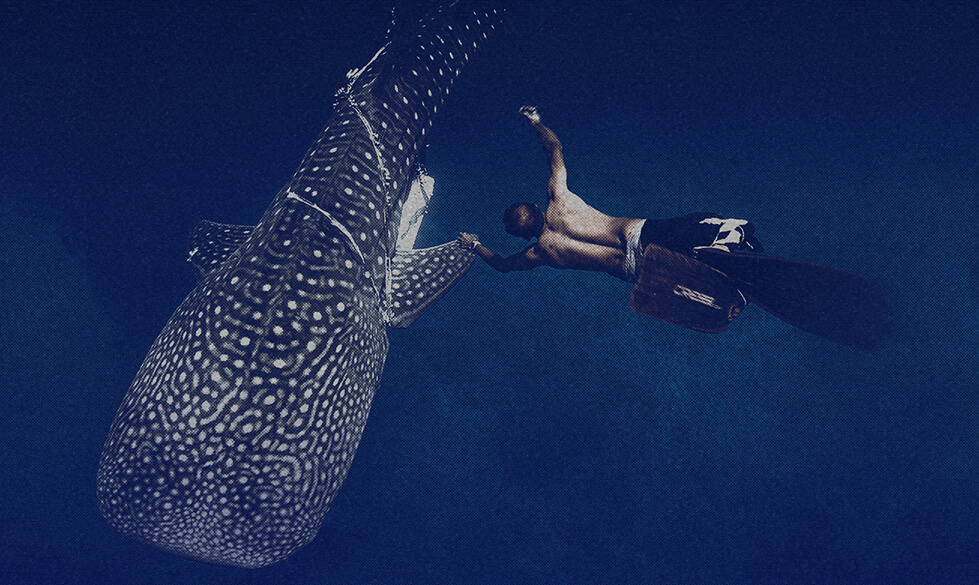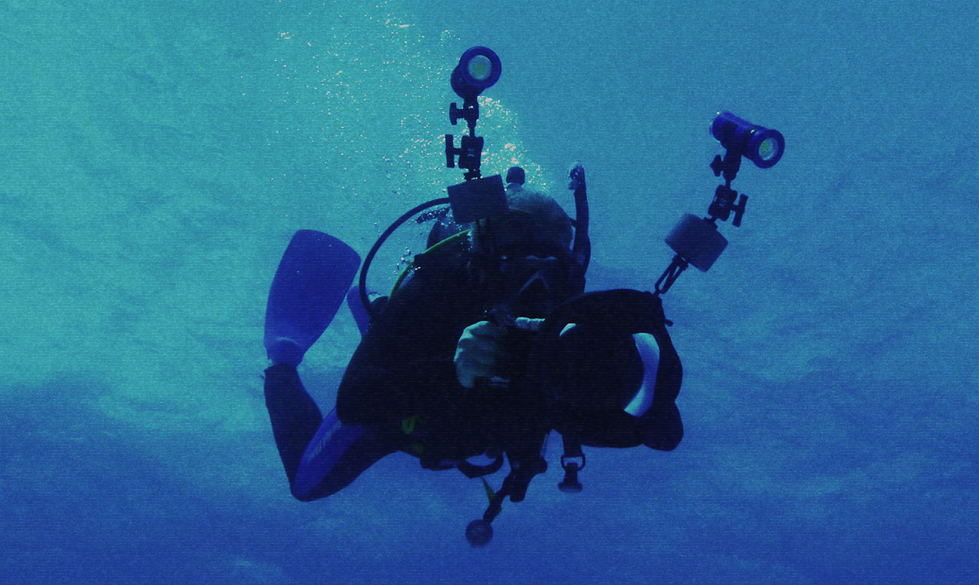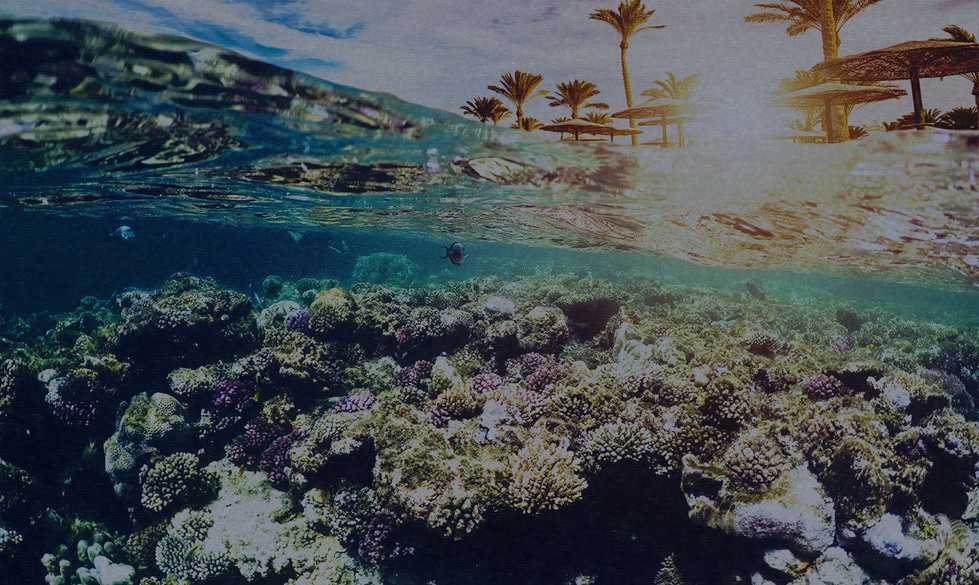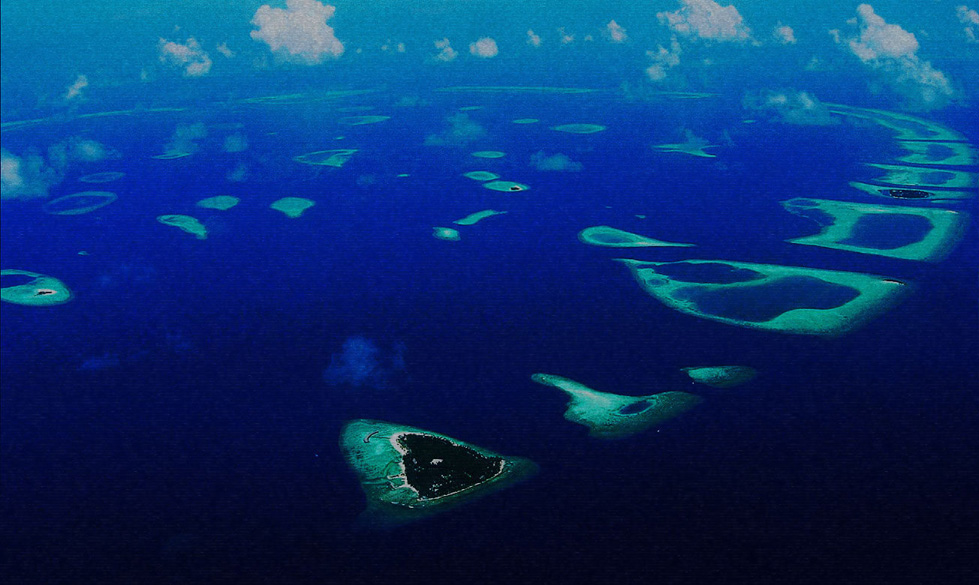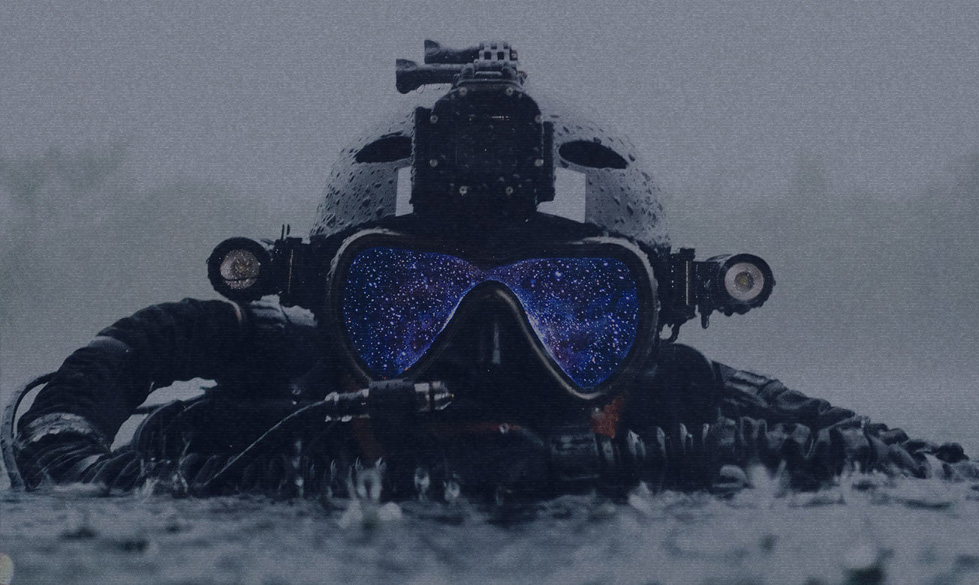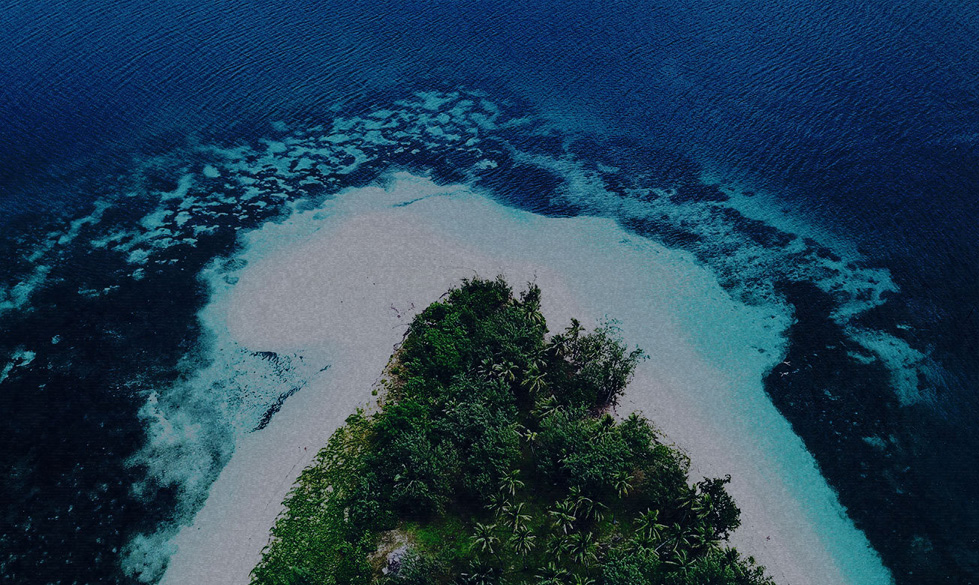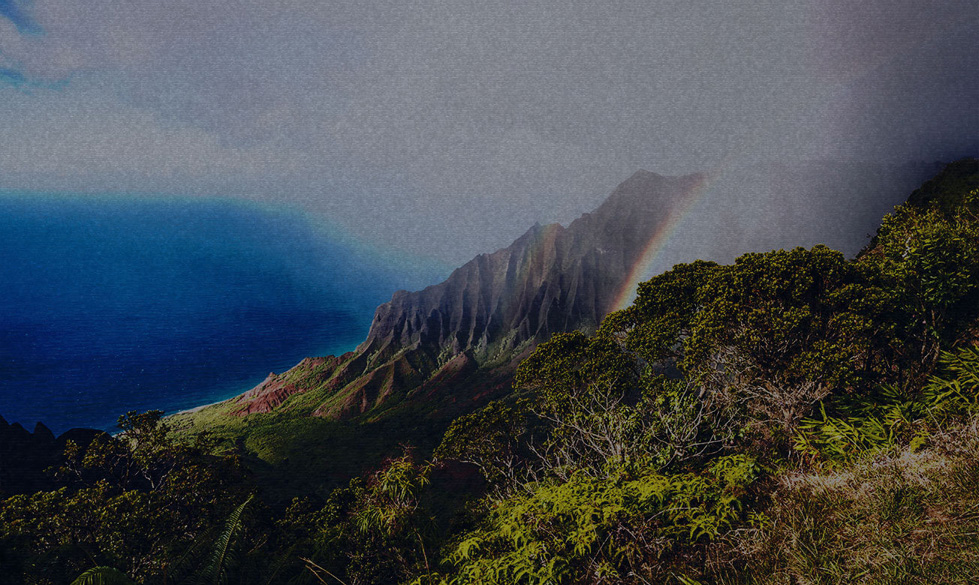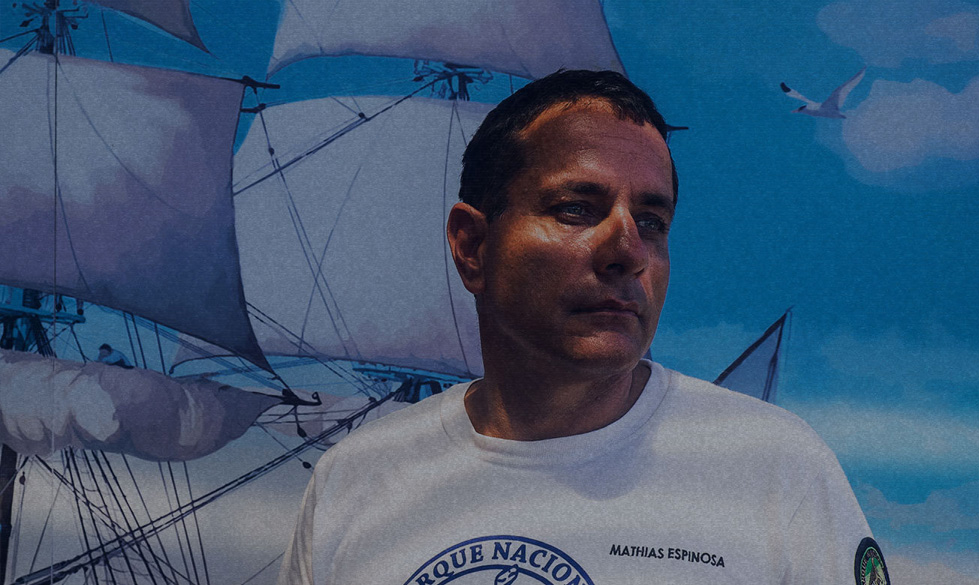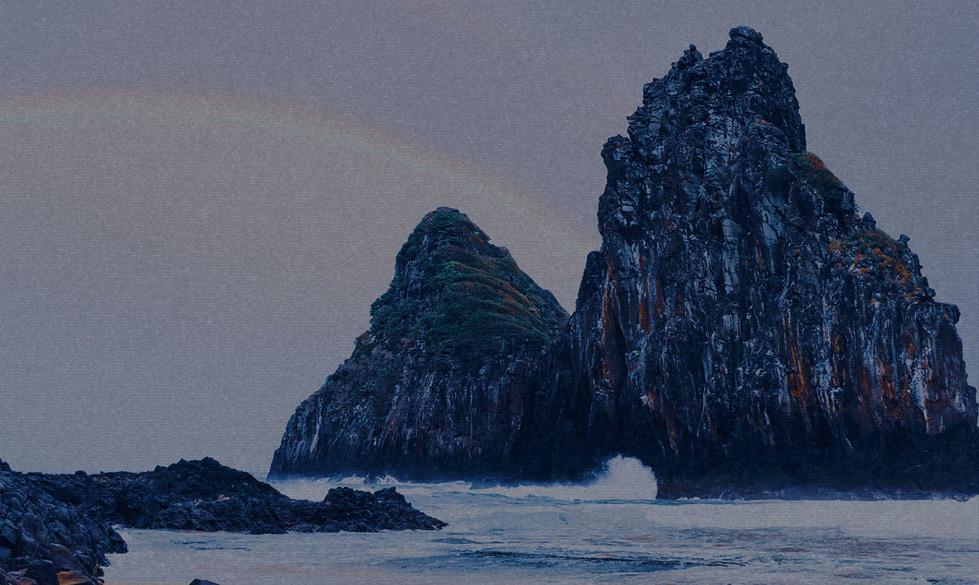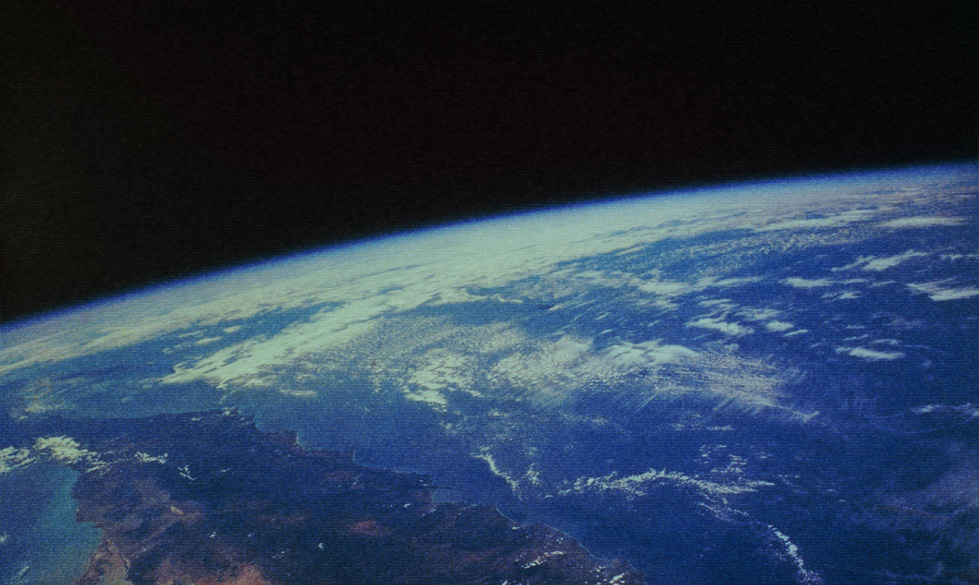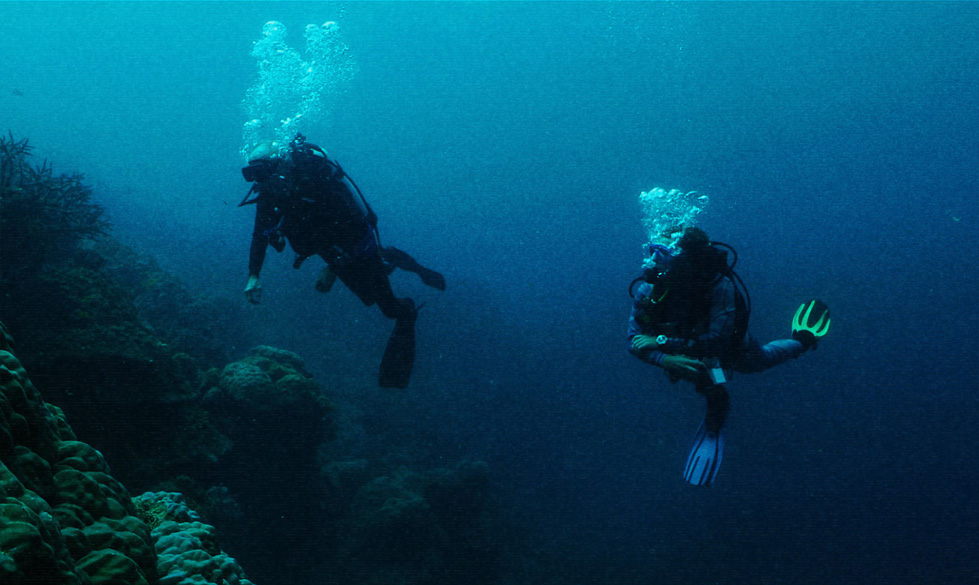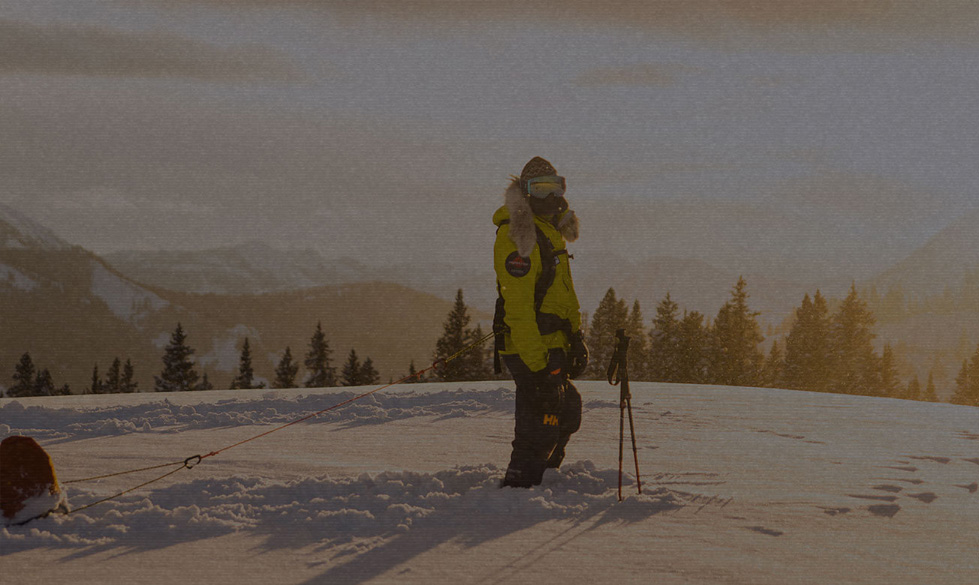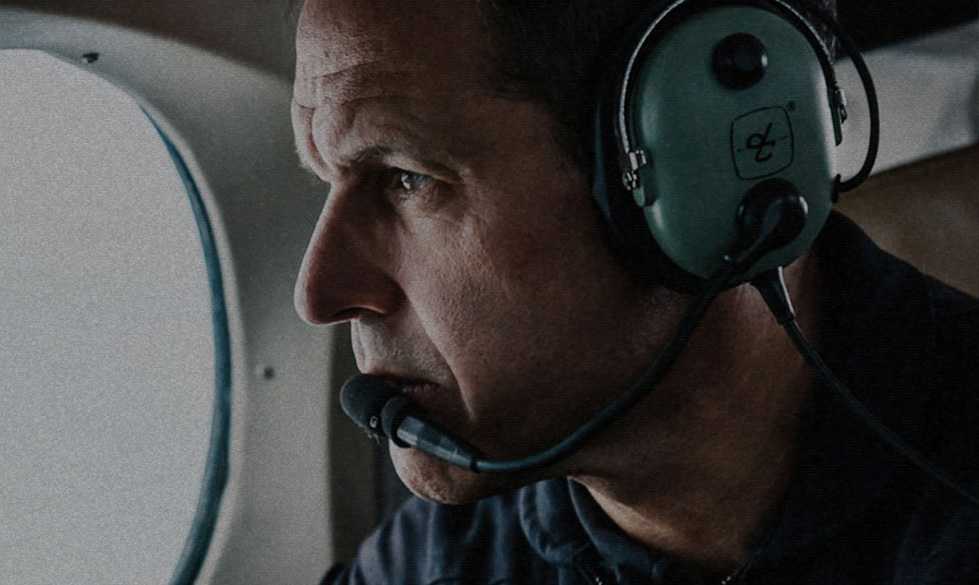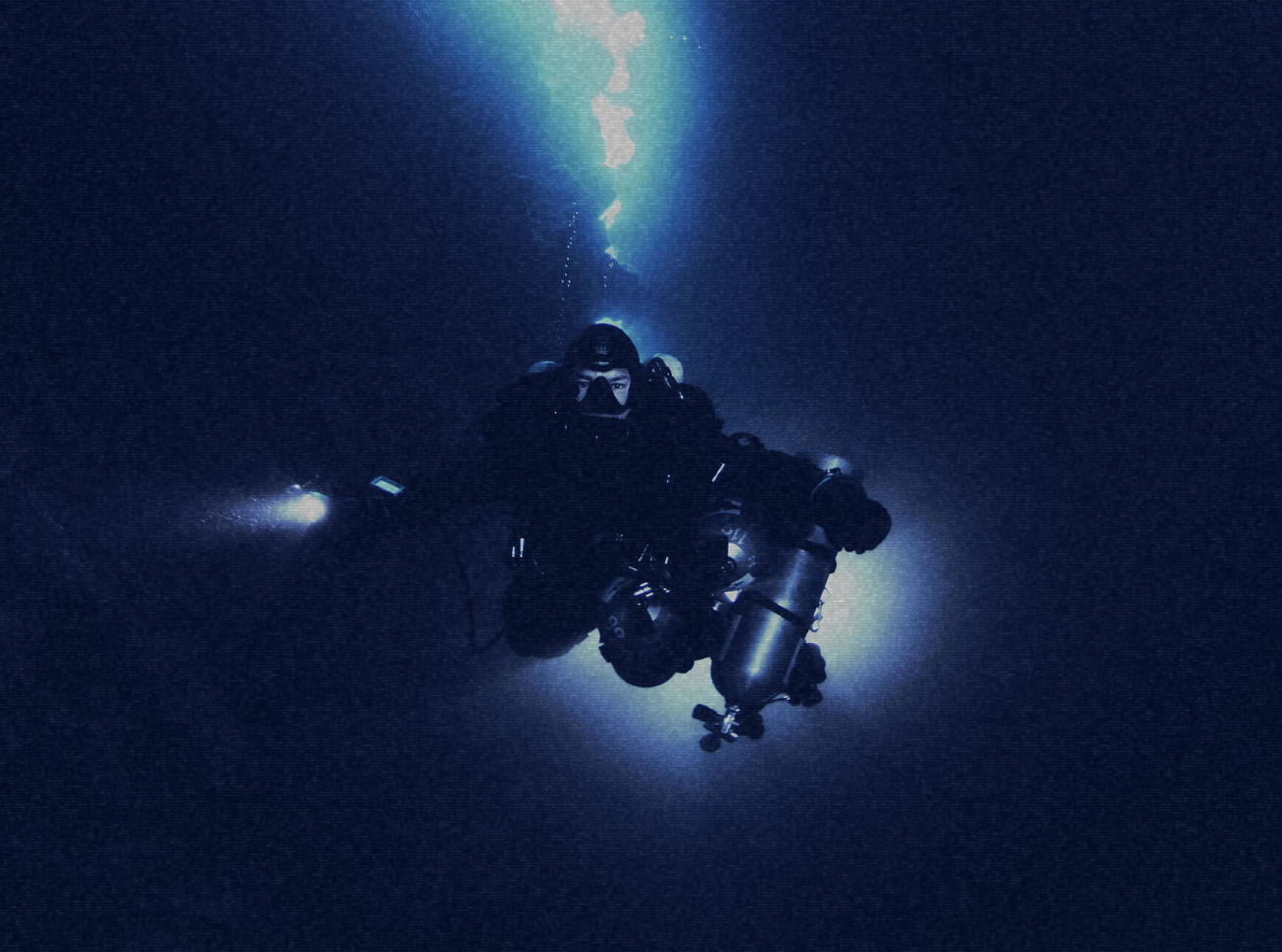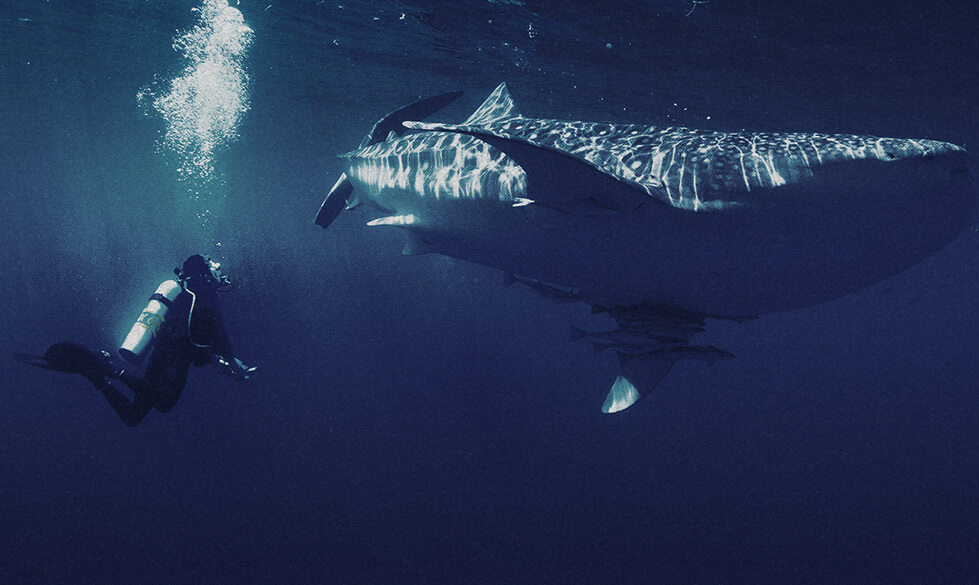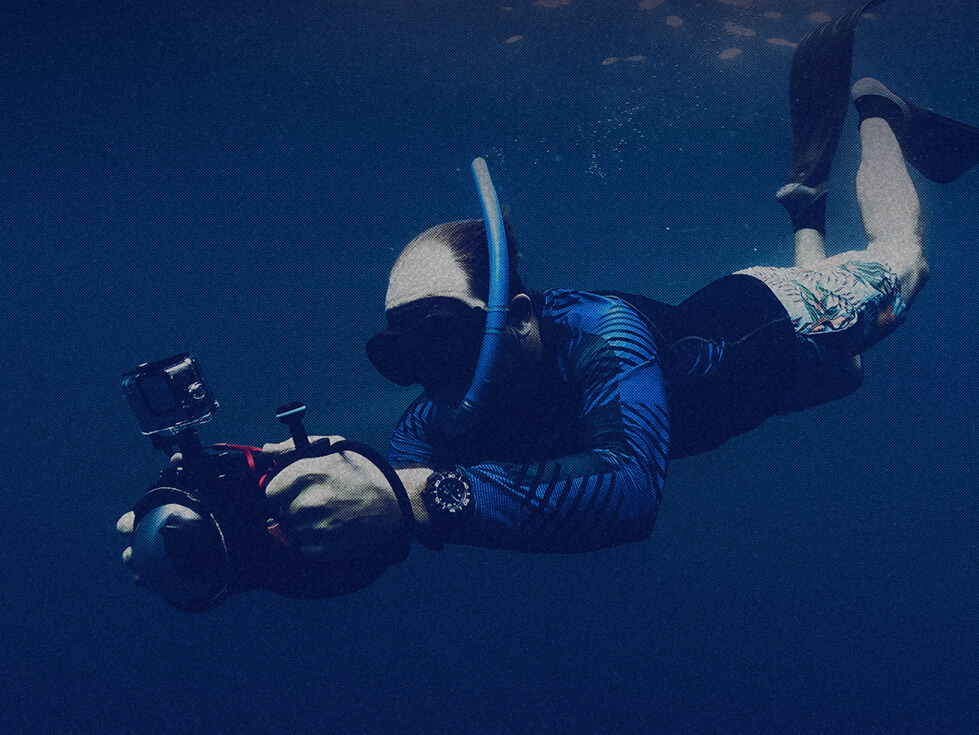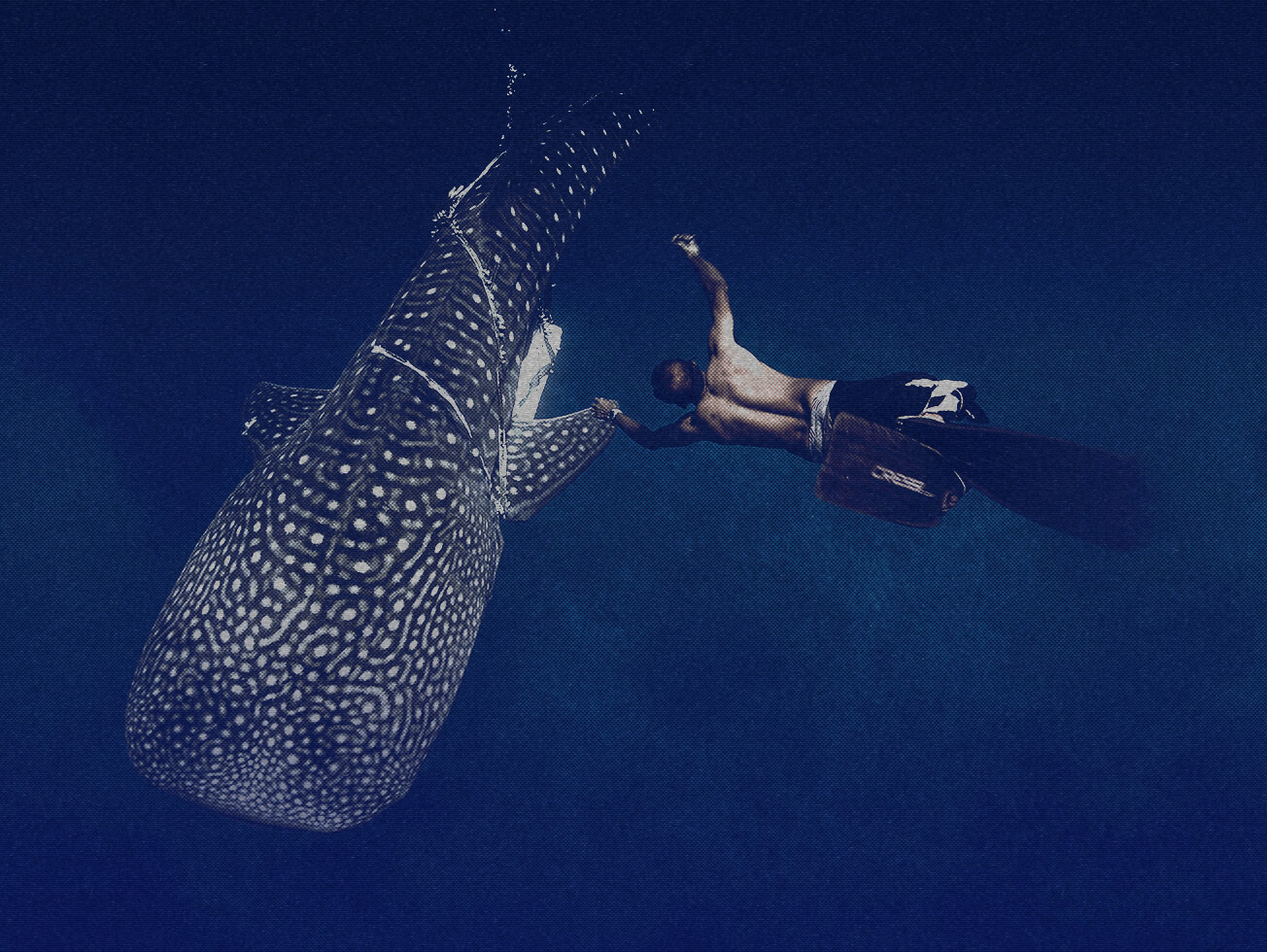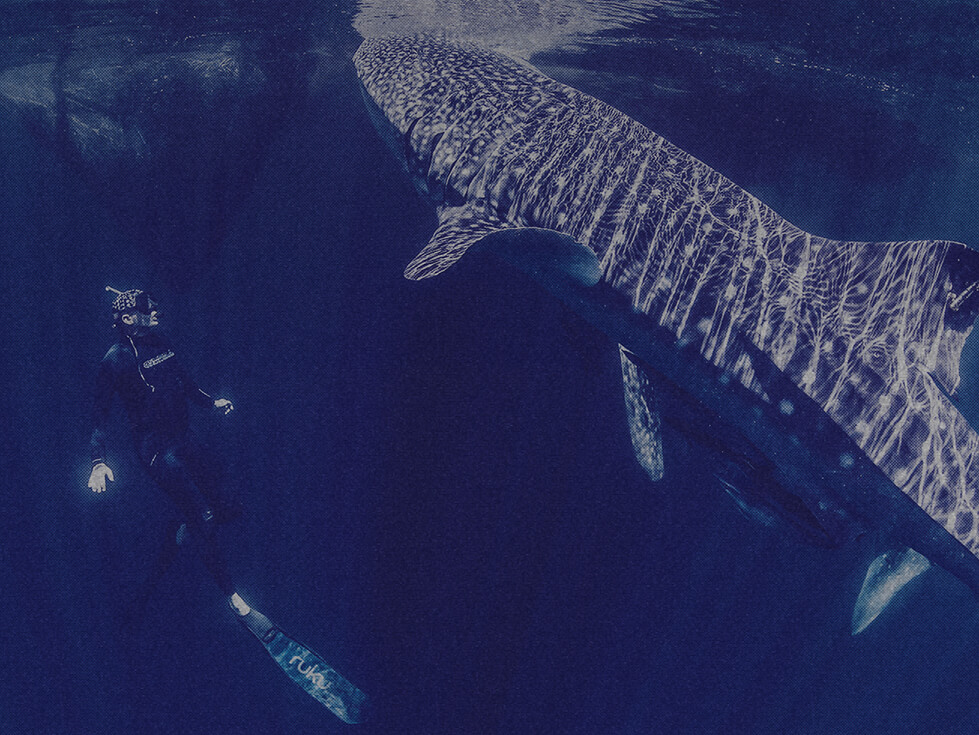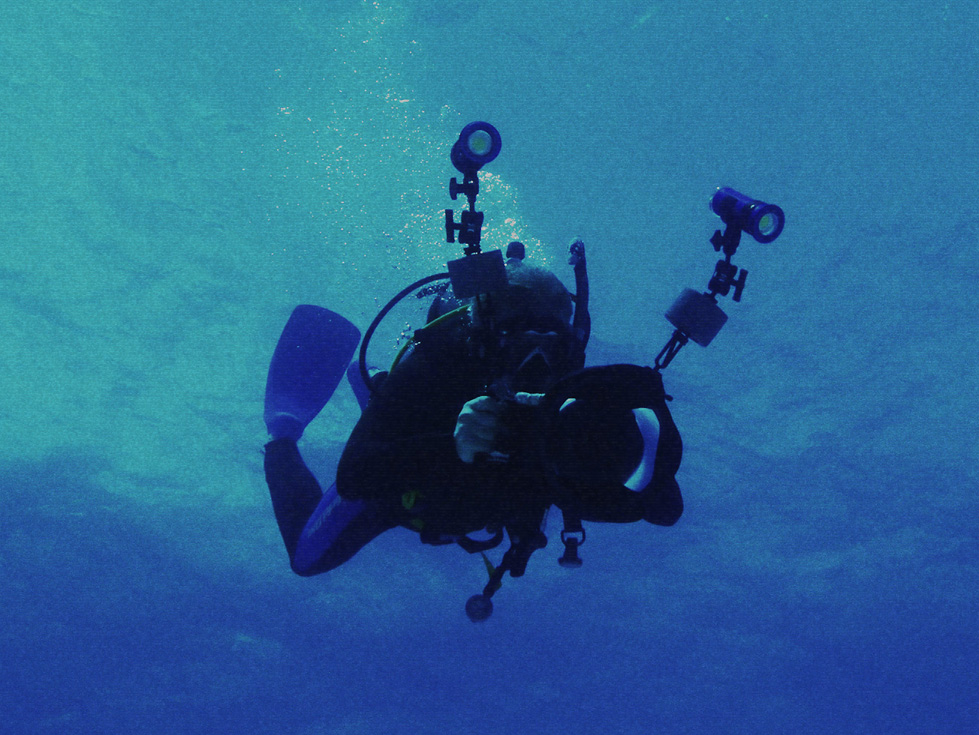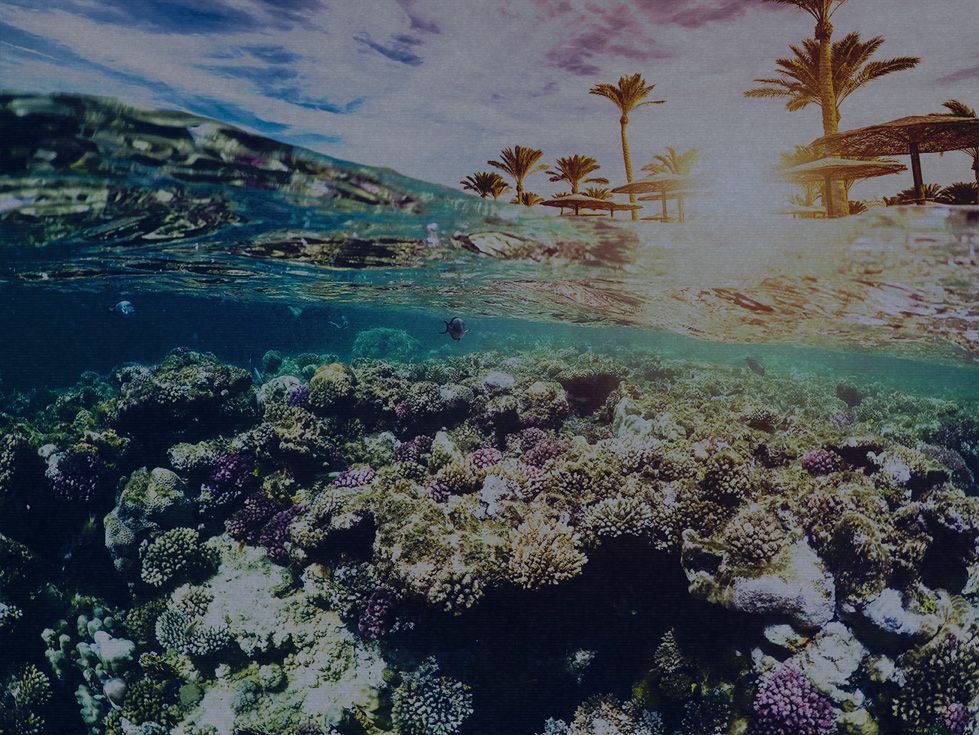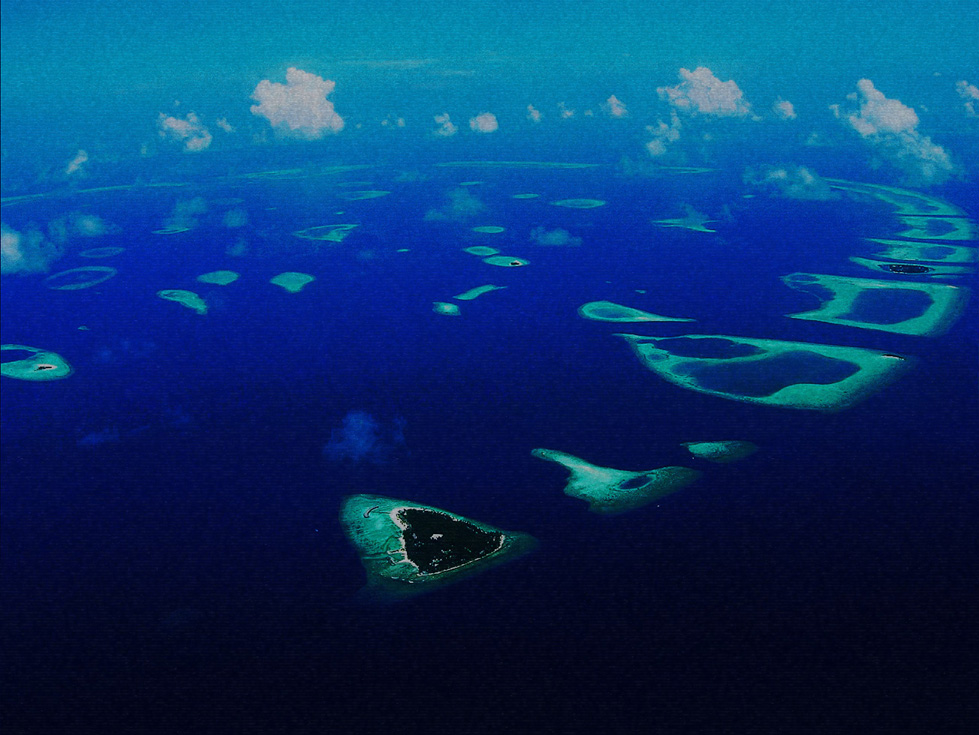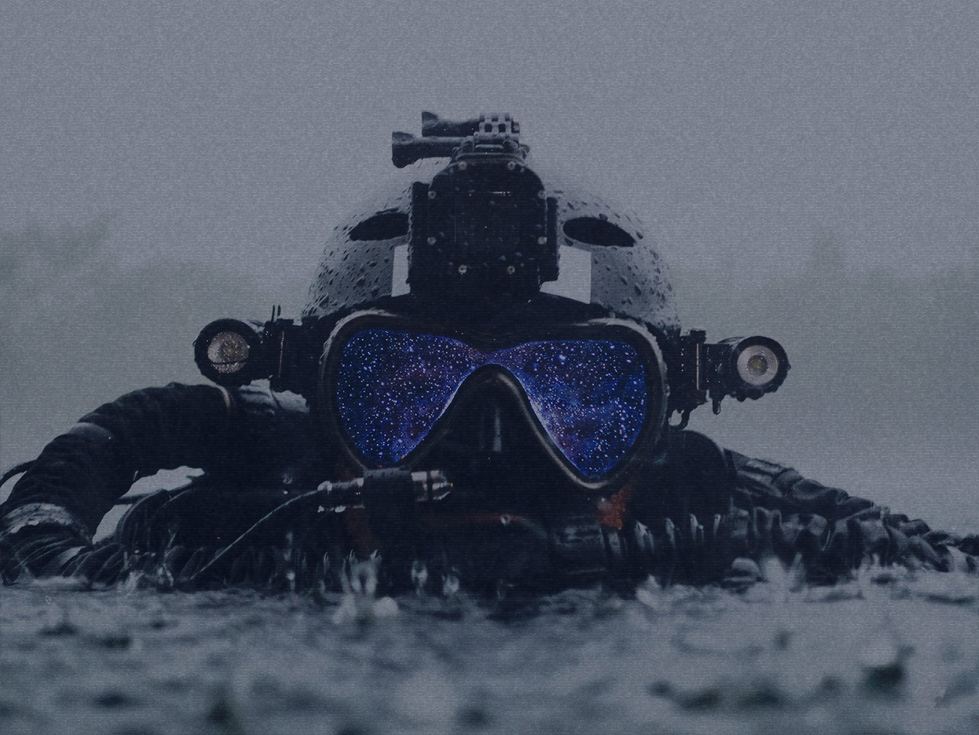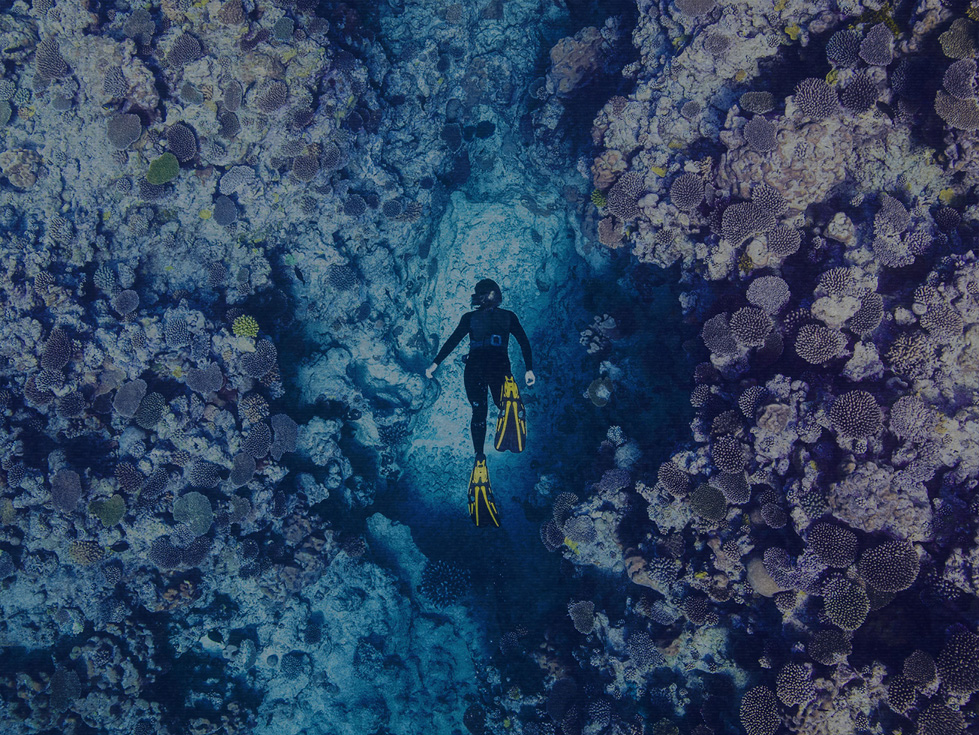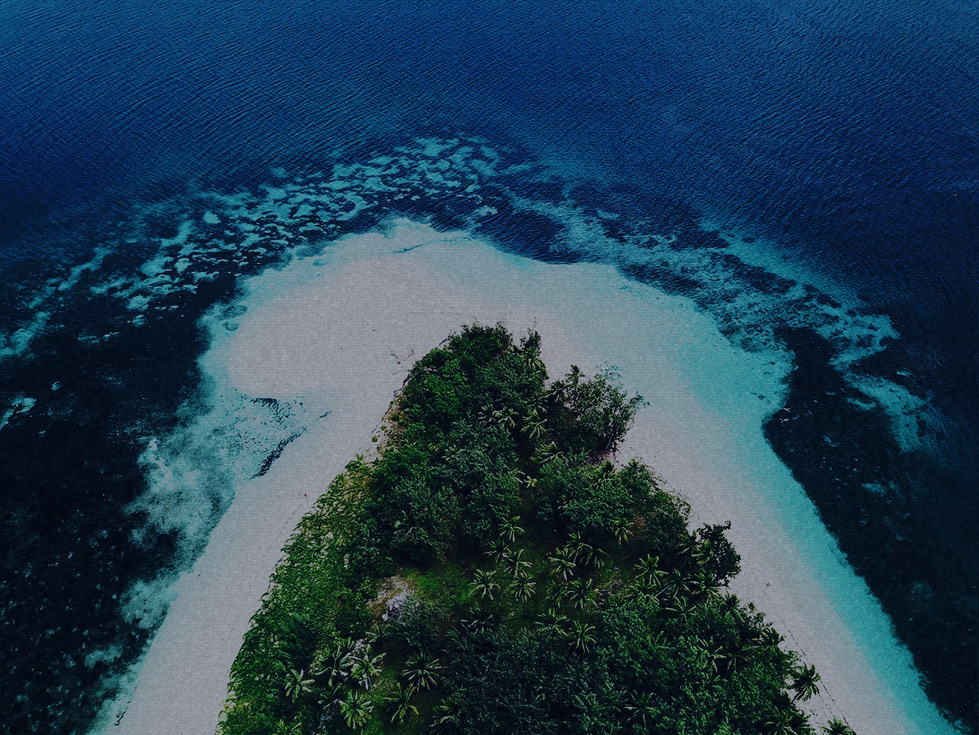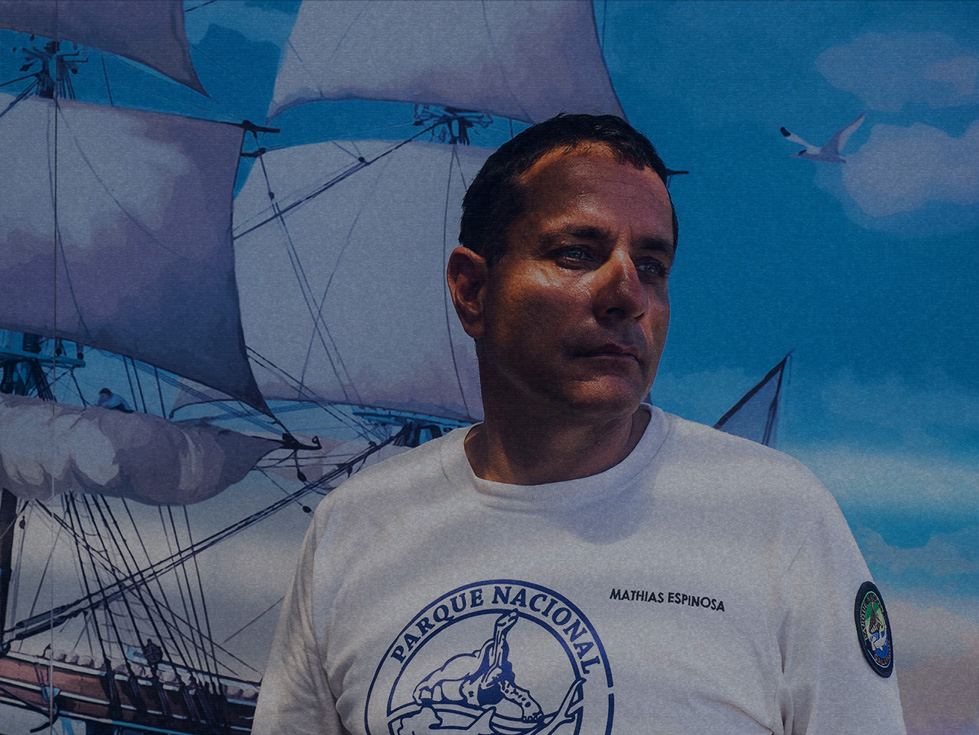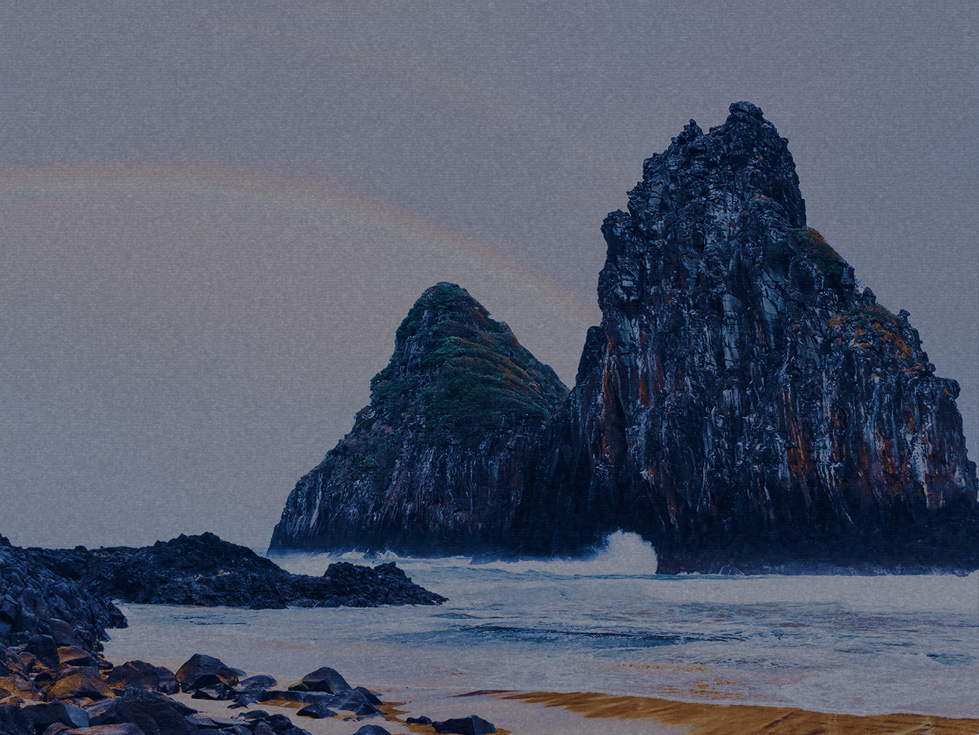
INTRO
SCHANNEL
“SAGELE”
VAN DIJKENASIA PACIFIC
MARINE DIRECTOR,
CONSERVATION
INTERNATIONAL
OVERVIEW
With Samoan voyagers and Dutch sailors in his ancestry, the urge to explore is in Schannel “Sagele” Van Dijken’s blood. As Asia Pacific Marine Director of Conservation International, he is making direct efforts to conserve biodiversity and keep our precious oceans alive and thriving.
PROFILE
01
STORY
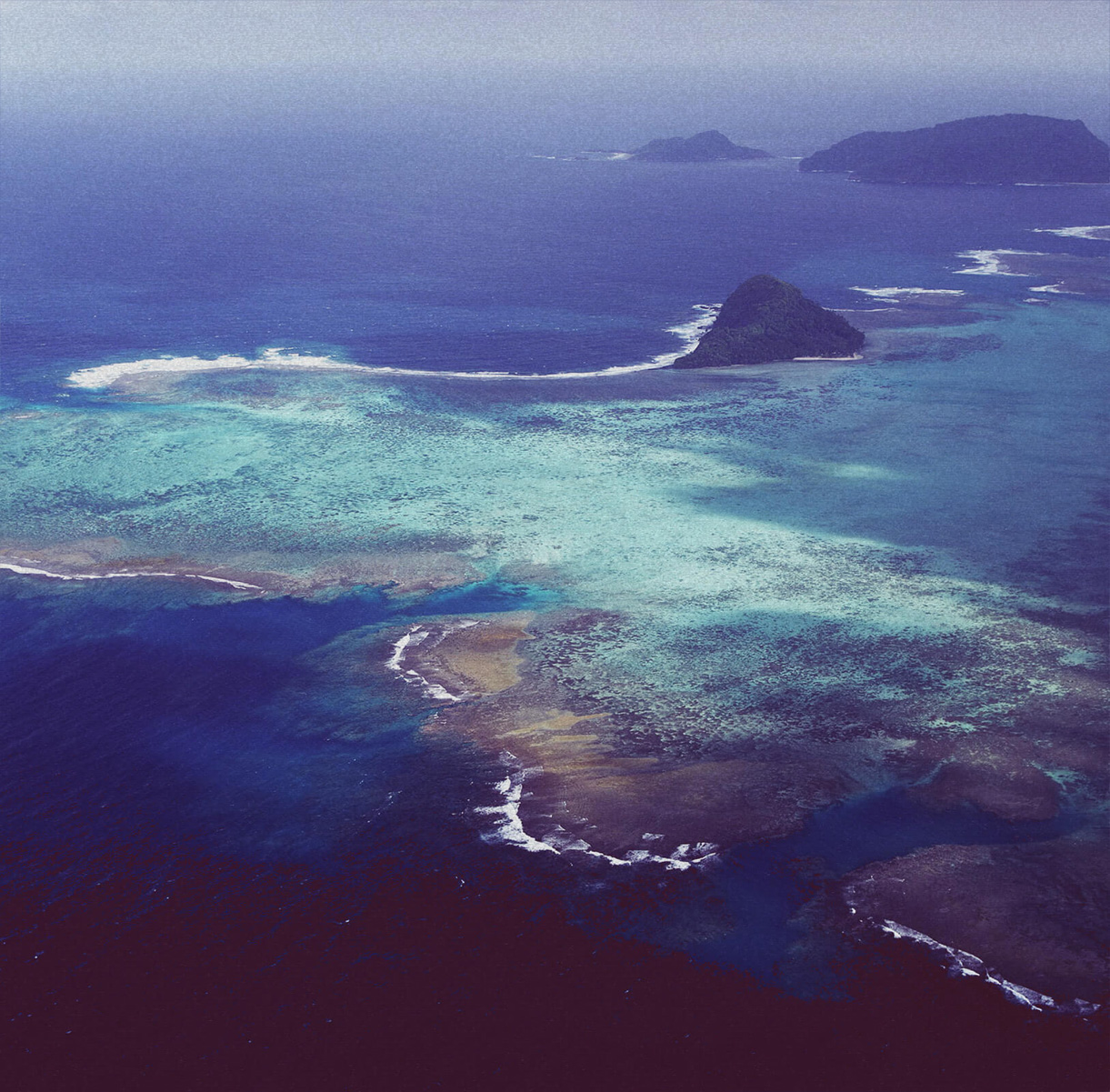
“MY ANCESTORS WERE
EXPLORERS—SAMOAN
VOYAGERS AND DUTCH
MARINERS”
What first sparked your interest
in the sea?
My ancestors were explorers—Samoan voyagers and Dutch mariners—and I’ve always been curious about exploring and experiencing new things. I studied biology at university and finished with a marine biology degree. My Master’s was on the New Zealand seahorse; I developed a new tagging method for them using subdermal ink.
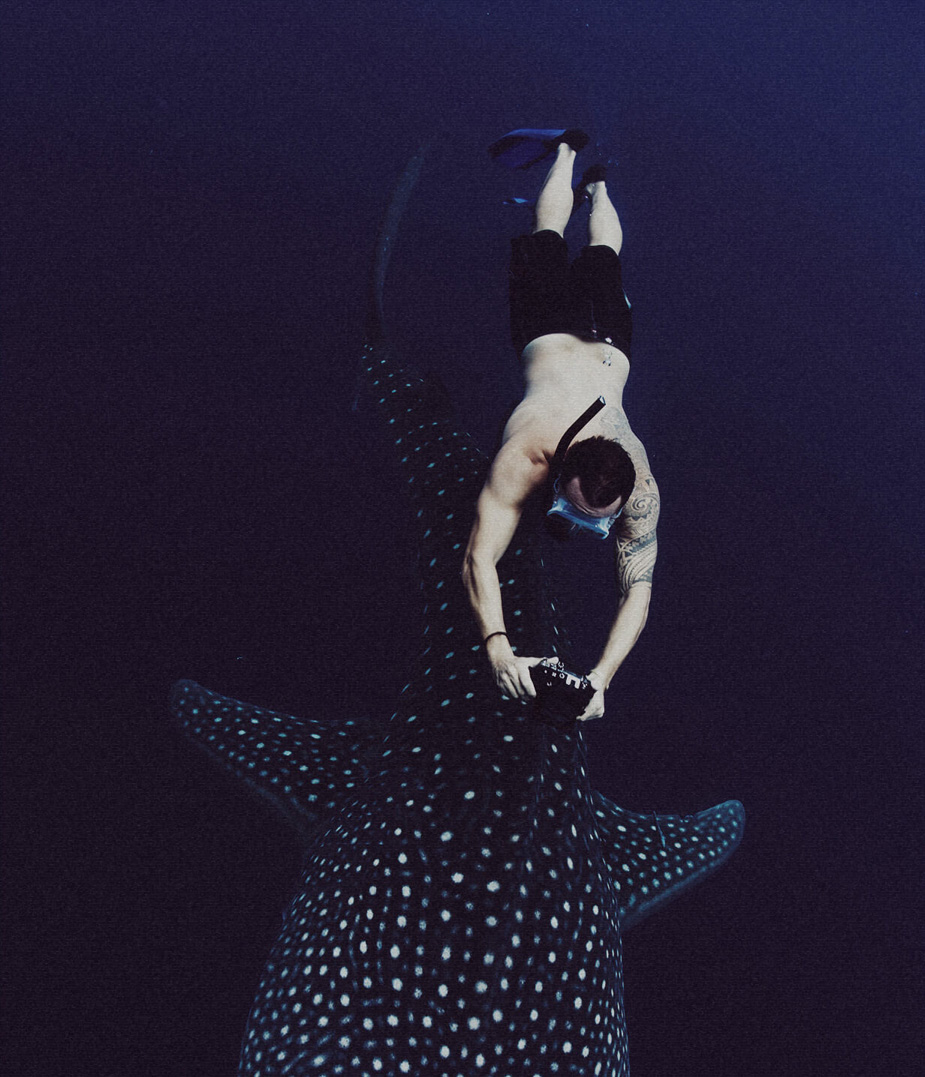
After traveling, I ended up back at university as a field and lab technician in Senior Research: I went around New Zealand doing field work on everything from endangered Cook’s petrels on Little Barrier Island to spending long periods down in Antarctica camping on sea ice. I’d promised my Samoan grandmother I would live and work in Samoa, and I was fortunate to secure a Pacific regional role as a marine scientist working for Conservation International based in Samoa after that.
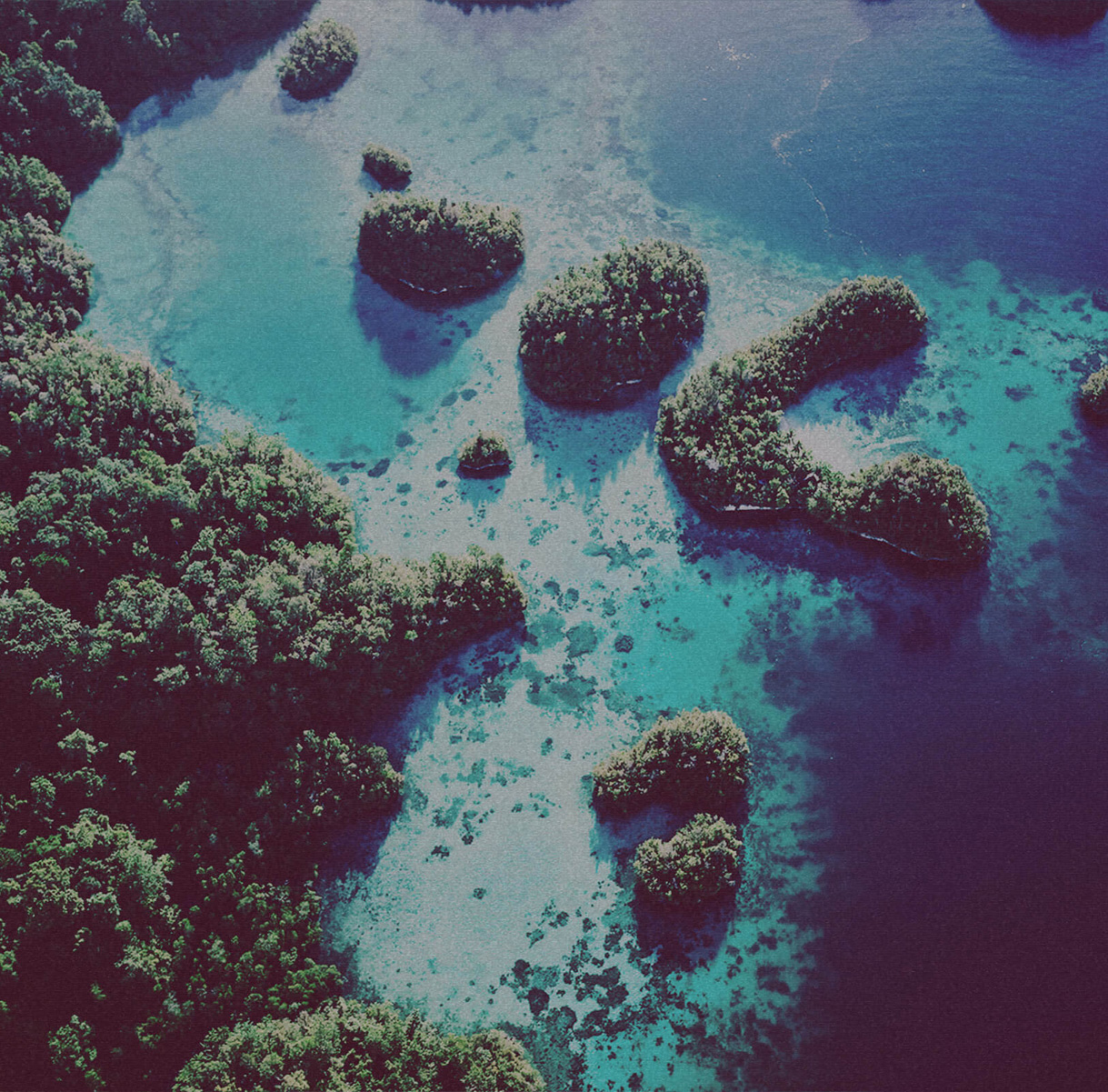
West Papua, Raja Ampat
“WE WANT TO WORK
WITH SOCIETIES TO CARE
FOR NATURE RESPONSIBLY
AND SUSTAINABLY”
Tell us about Conservation International.
Conservation International works to spotlight and secure the critical benefits that nature provides to humanity. We’ve helped protect over 6 million square kilometres of land and sea in over 70 countries, by combining fieldwork with innovations in science, policy and finance. Working with societies to care for nature responsibly and sustainably is our goal. West Papua is a good example: Raja Ampat, which was once heavily fished with destructive dynamite fishing, is now an eco-tourism destination providing livelihoods for hundreds of communities, and a top dive destination.
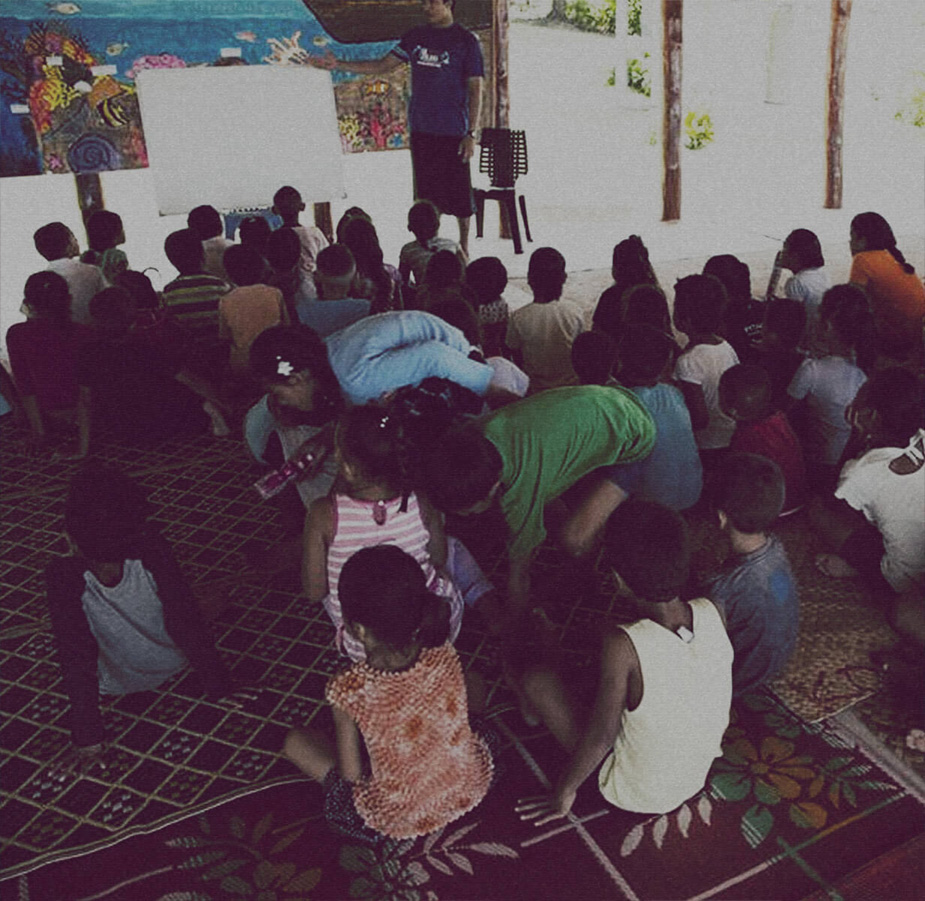
CI has been working there for over 20 years, helping create a network of marine protected areas and using a floating classroom to bring hands-on marine education to the islands’ schools. It inspired me to think about what we could do for Pacific youth, but using traditional voyaging canoes. Now we have a programme bringing environmental education to hard-to-reach coastal communities in Samoa, which we’re expanding to other places.
“I’VE NOTICED LESS AND LESS
LIFE IN OUR OCEANS.”

How have you seen the sea
change over your life?
In my many years studying, researching and voyaging on the ocean, I have seen its health deteriorate. It reminds me of watching an aging loved one lose their vitality, movement and joy as they die from an illness, while you are desperate to save them. I’ve noticed less and less life in our oceans, and diving in many places, it sometimes feels like you are stranger that has arrived in a small western town where everyone goes and hides and closes up their windows. The biggest impact I have seen is just noticing more and more plastic and rubbish on beaches and on nearly every dive I do. Even on deep sea expeditions, you will find garbage.
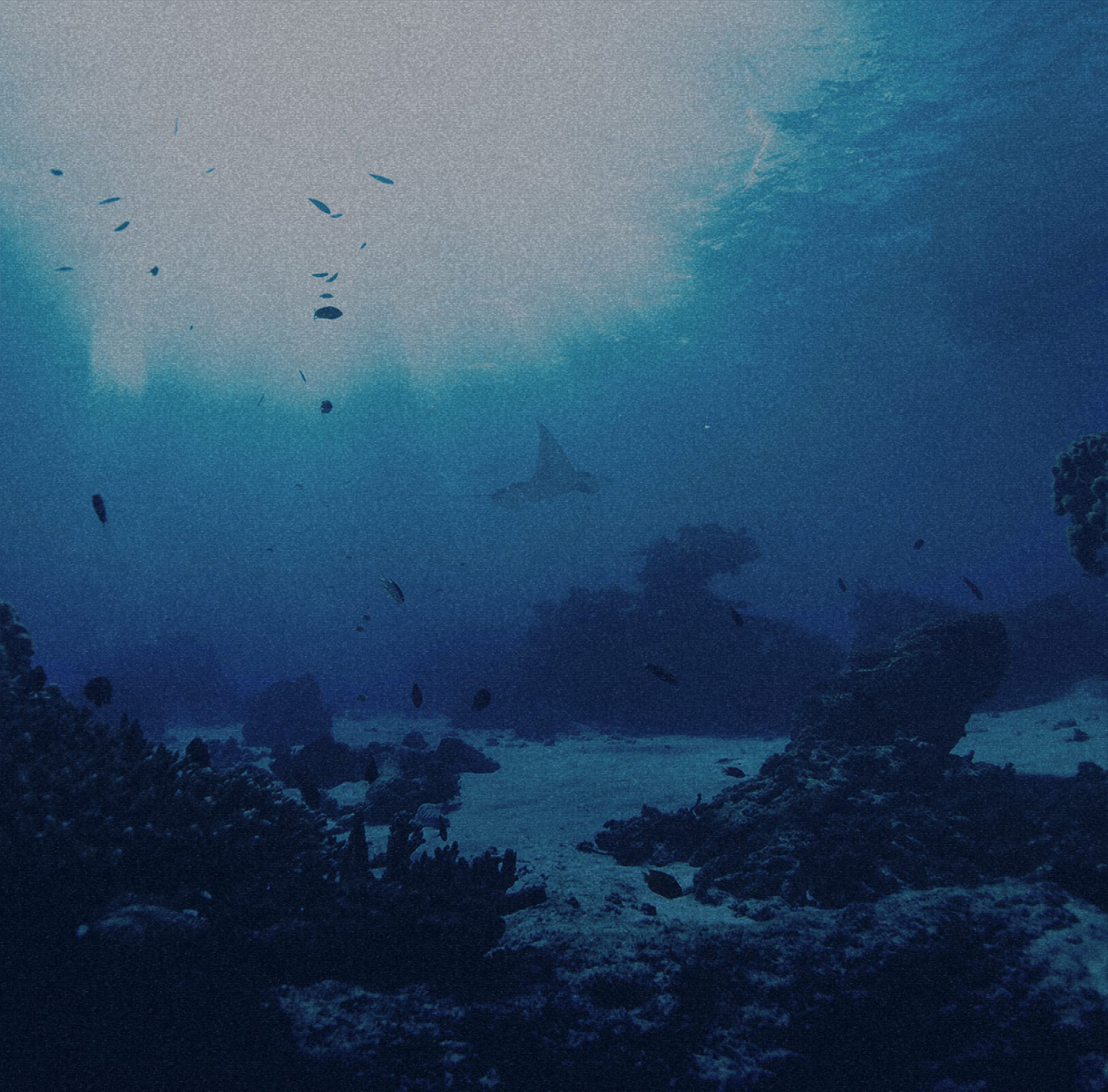
“THE DEEP SEA IS AN
ENORMOUS BUFFER
FOR CLIMATE CHANGE.”
What fascinates you about
the deep sea in particular?
Ninety-five per cent of life on earth is actually found more than 200 metres underwater. The deep sea is the unknown and exploring it emboldens us to think the impossible. It’s our last frontier: something we should be exploring more in order to understand our planet better. Think! We only discovered hydrothermal vents and cold vents four or five decades ago and there’s a whole diversity of life living on chemosynthesis rather than photosynthesis down there.
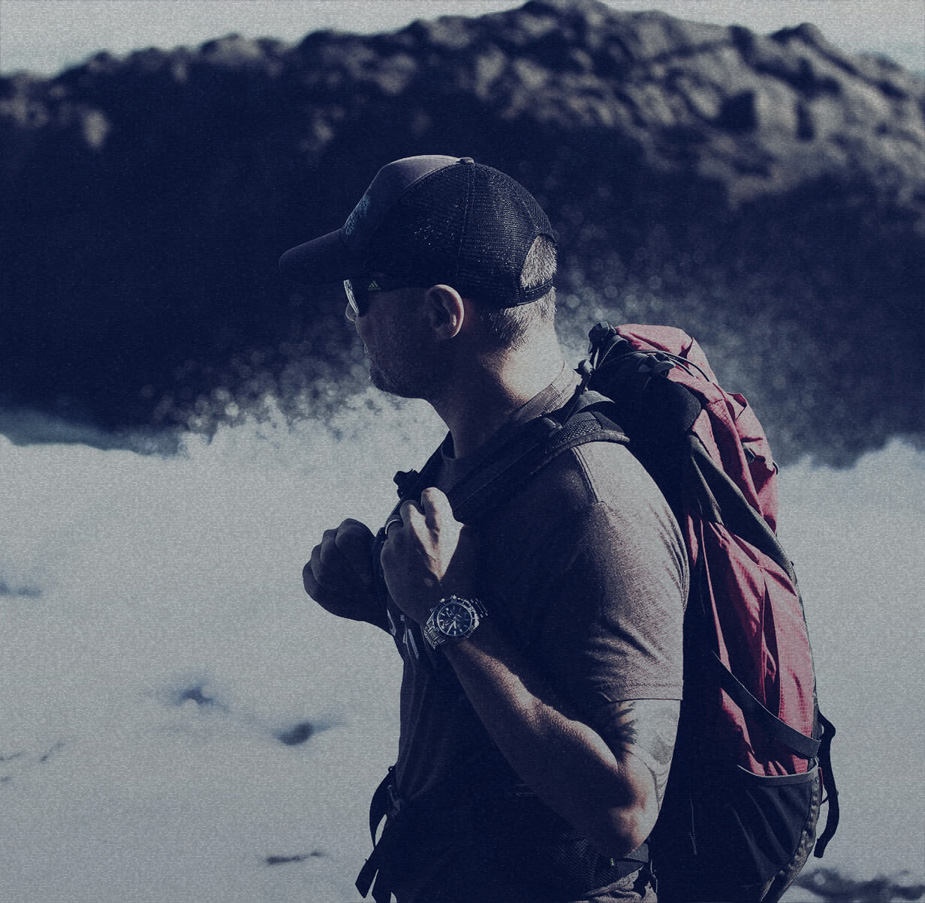
The deep sea is also an enormous buffer for climate change. It’s the biggest carbon sink on the planet, absorbing 90% of all CO2—that’s four times as much as the Amazon rainforest. By absorbing the heat built up through the greenhouse effect, the deep sea slows down the warming of surface water and land.
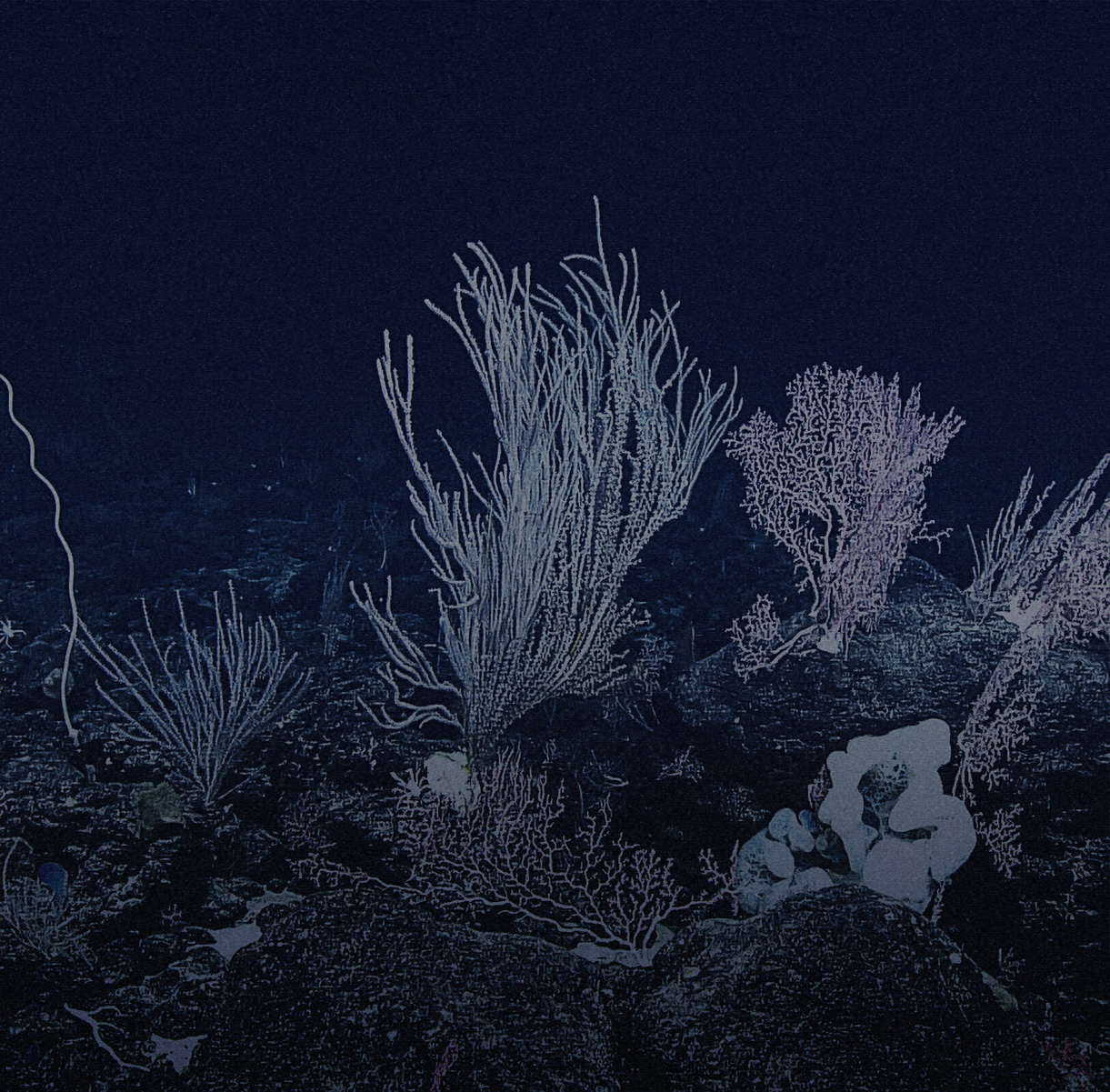
“WE’RE LIVING IN
THE PLASTIC ERA NOW.”
Is the deep sea under threat?
We’ve actually been able to detect climate related change at depth. The temperature’s rising down there. Ocean acidification is affecting deep sea reefs with changing acidity preventing calcium accreting and corals building. You’re getting de-oxygenation that creates “death zones”. Deep sea currents are changing, often slowing, which alters the surface currents and the rate at which carbon can be sequestered in the bottom of the sea.

We need more awareness. The deep ocean is not a deep dark pit, but a highly diverse environment. Pollution, over-fishing, destructive bottom trawling and deep-sea mining are all a threat. The biggest trawl nets are big enough to swallow a whole skyscraper! And on every deep-sea expedition, you’ll find garbage and plastic. We’re living in the plastic era now.
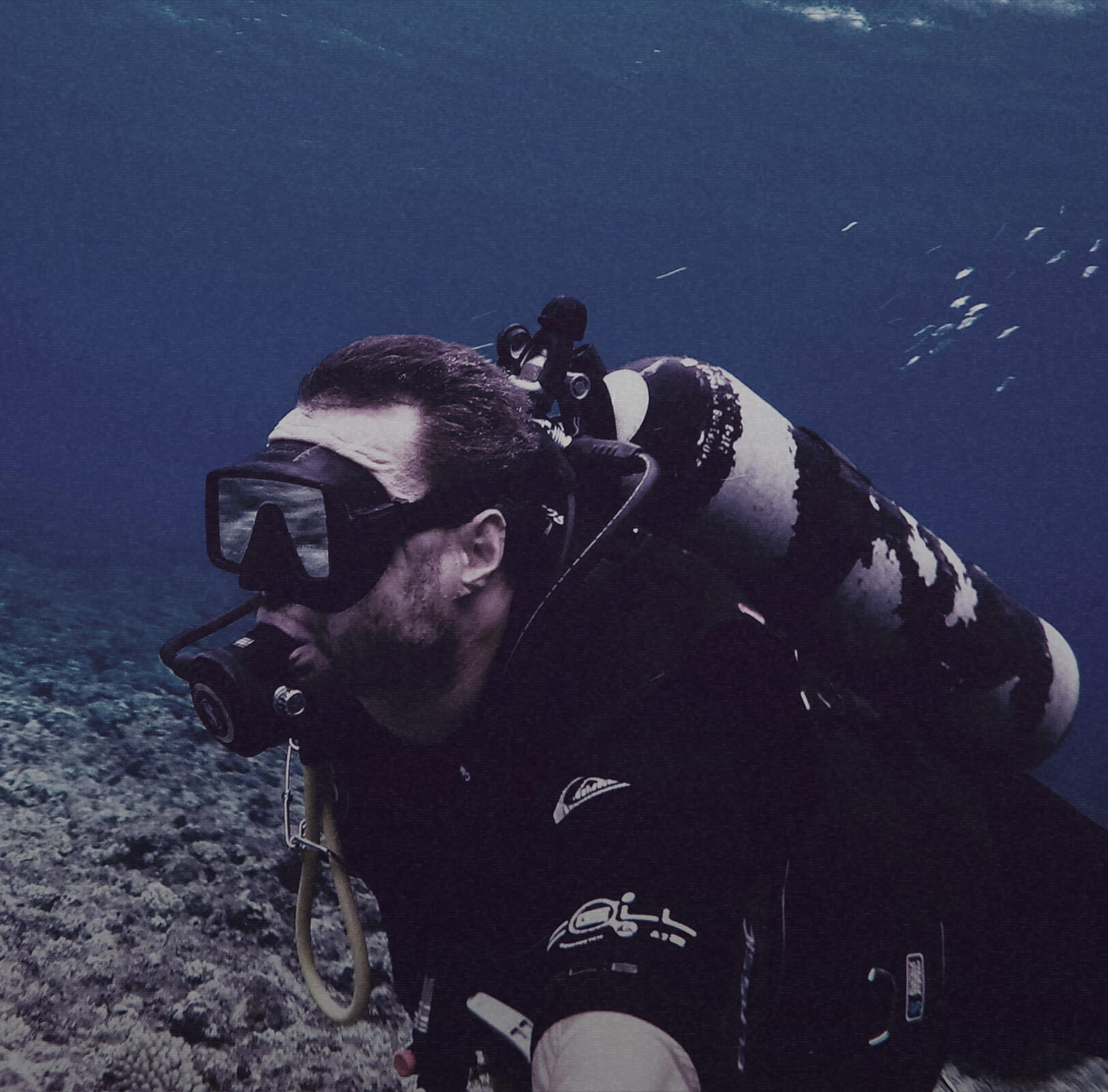
“LARGE-SCALE
MANAGEMENT EFFORTS
ARE NEEDED RIGHT NOW.”
Is there still time to save the oceans?
Hope is fading, but we are making moves. And we need to make bigger and bolder moves. Large-scale management efforts are required. At Conservation International, we are looking to help countries manage their whole ocean domains. This is the level of action needed right now. We don’t have time for small-scale actions.
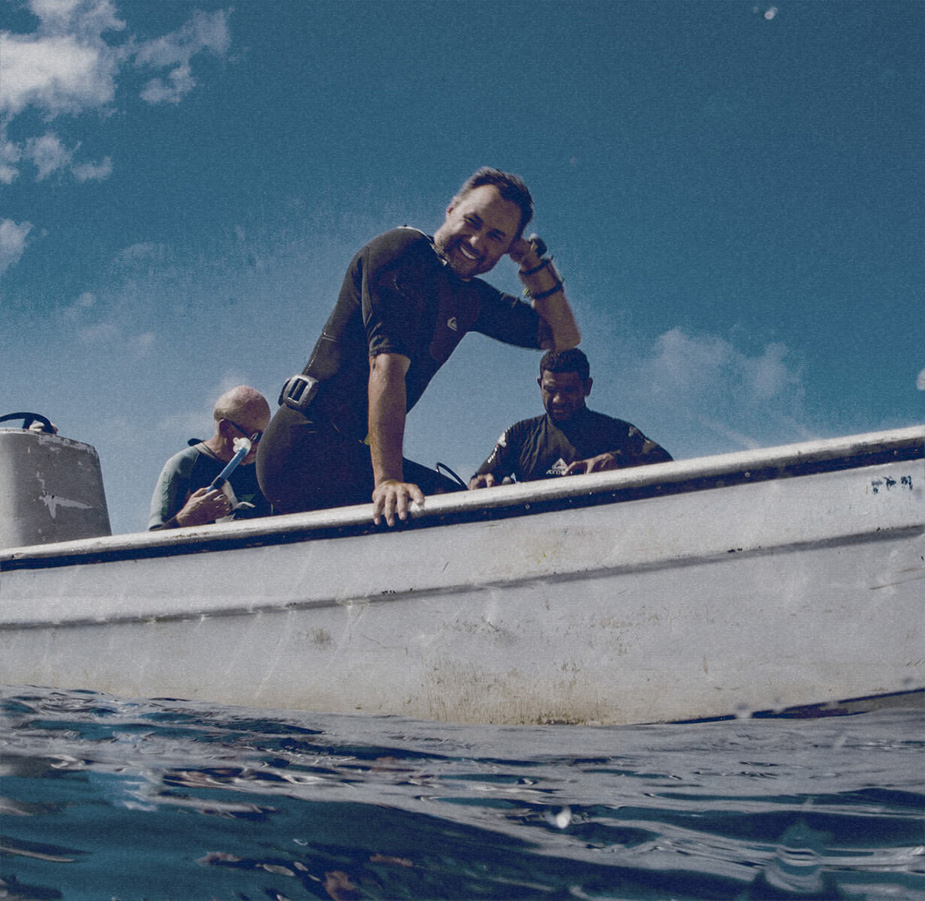
We need more collaborations, more coalitions, like the High Seas Alliance, to work together, boost awareness and drive change. We need more community-driven efforts, building cadres of citizen scientists equipped with cheap technologies like drop cameras, basically a GoPro on a tether with bait. When people can see these places, connect with what they see and tell their own stories based on their own experiences, then they will behave differently towards them.

“CHANGE YOUR
PERSONAL BEHAVIOUR.
BUY OCEAN-FRIENDLY
PRODUCTS.”
What can we do to help
at an individual level?
Get outside and explore and connect more with nature. Change your personal behaviour. Say no to single use plastics. Try to reduce your carbon footprint and eat sustainable seafood and be discerning about your food choices. Be aware of bycatch—fish that are caught unintentionally—and the fisheries it is in. Pick up garbage and litter on the beach or from the seabed when you’re diving. Try and buy ocean-friendly products. Get involved with policy and community action and get your voice heard by your local politicians.
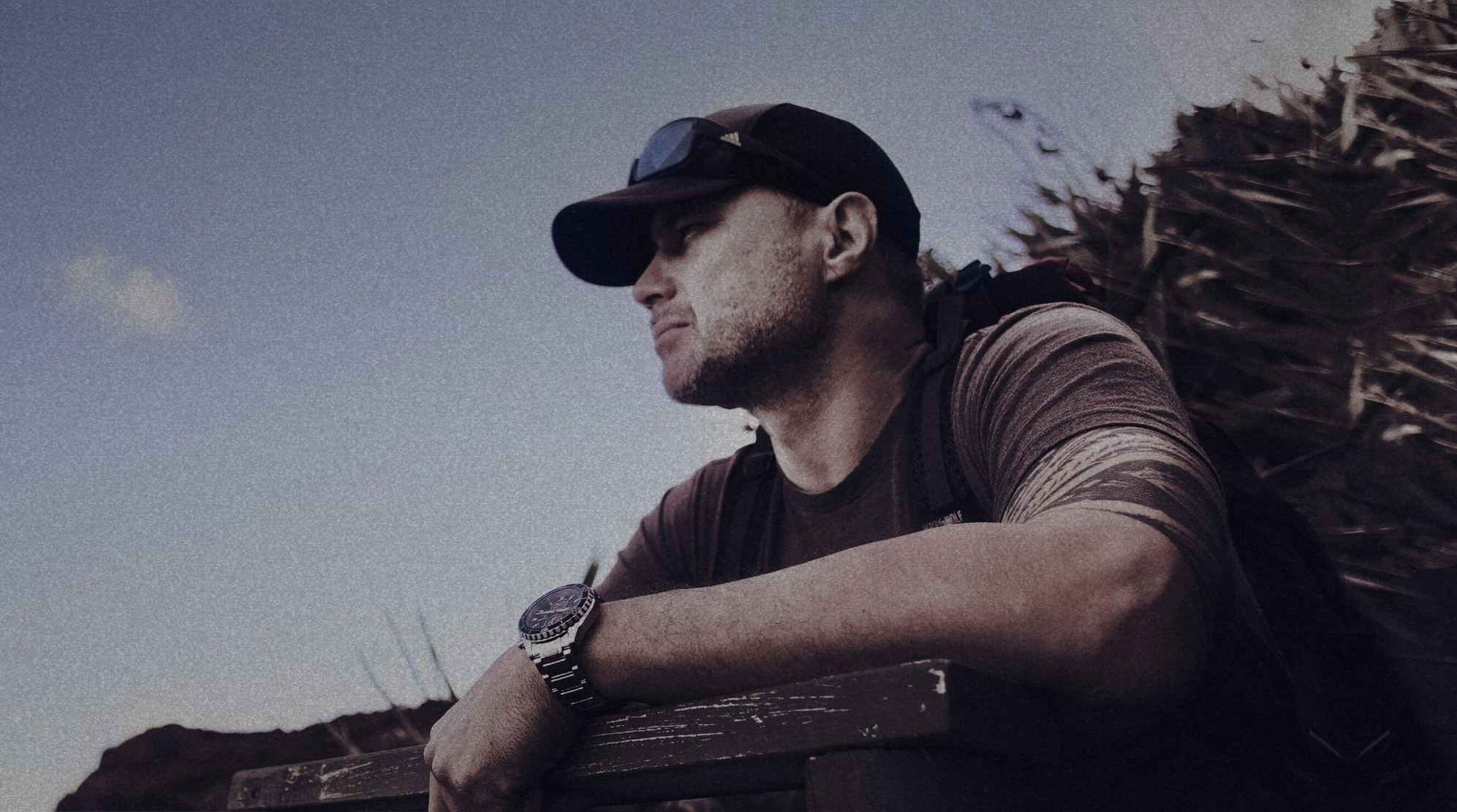
03
PRODUCTS
Eco-Drive
Diver 200m
OTHER MODELS
Mechanical
Diver 200m
Eco-Drive
Aqualand 200m
Eco-Drive
PROFESSIONAL
DIVER 1000m
Eco-Drive
DIVER 200m
CHRONOGRAPH
03
PRODUCTS
03
OTHER STORIES
2022




